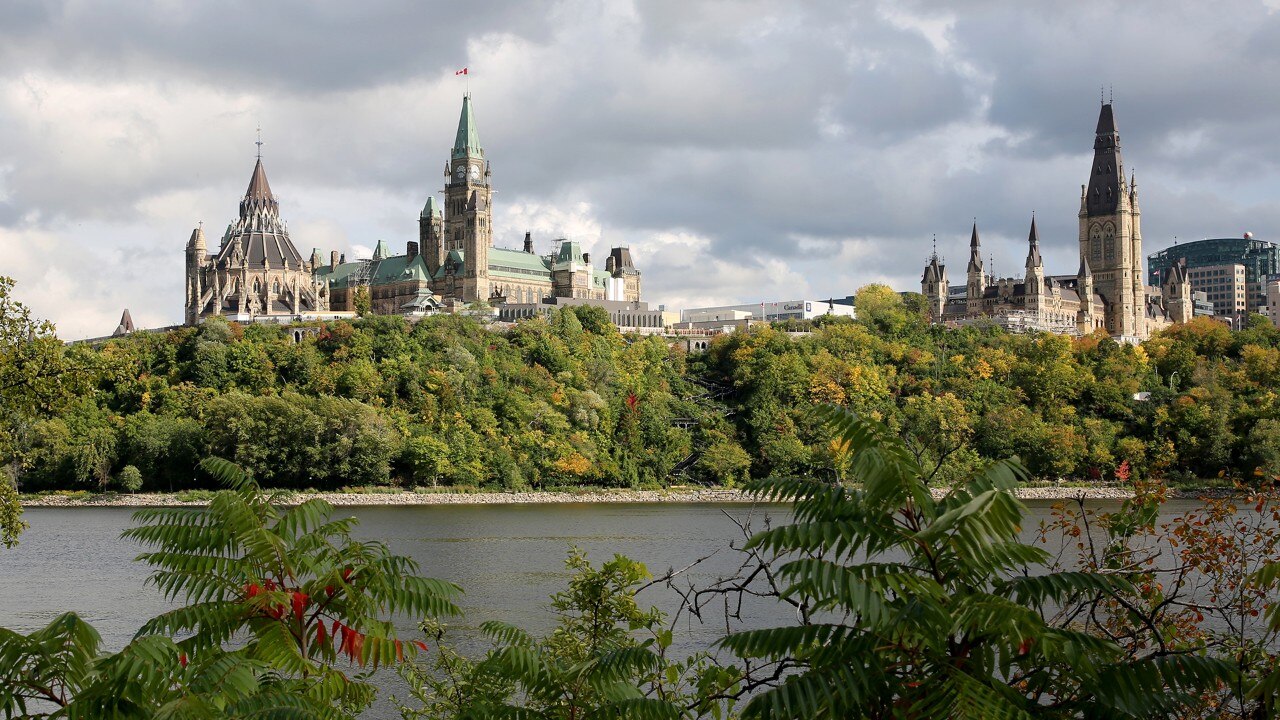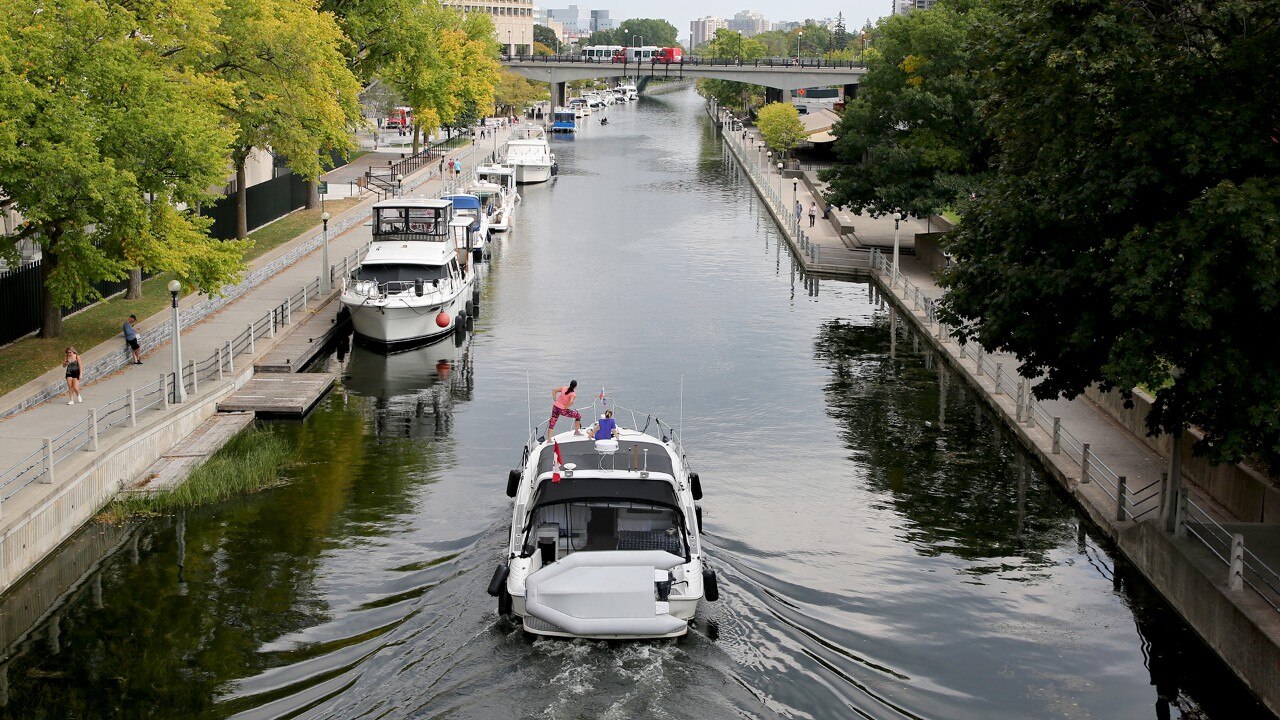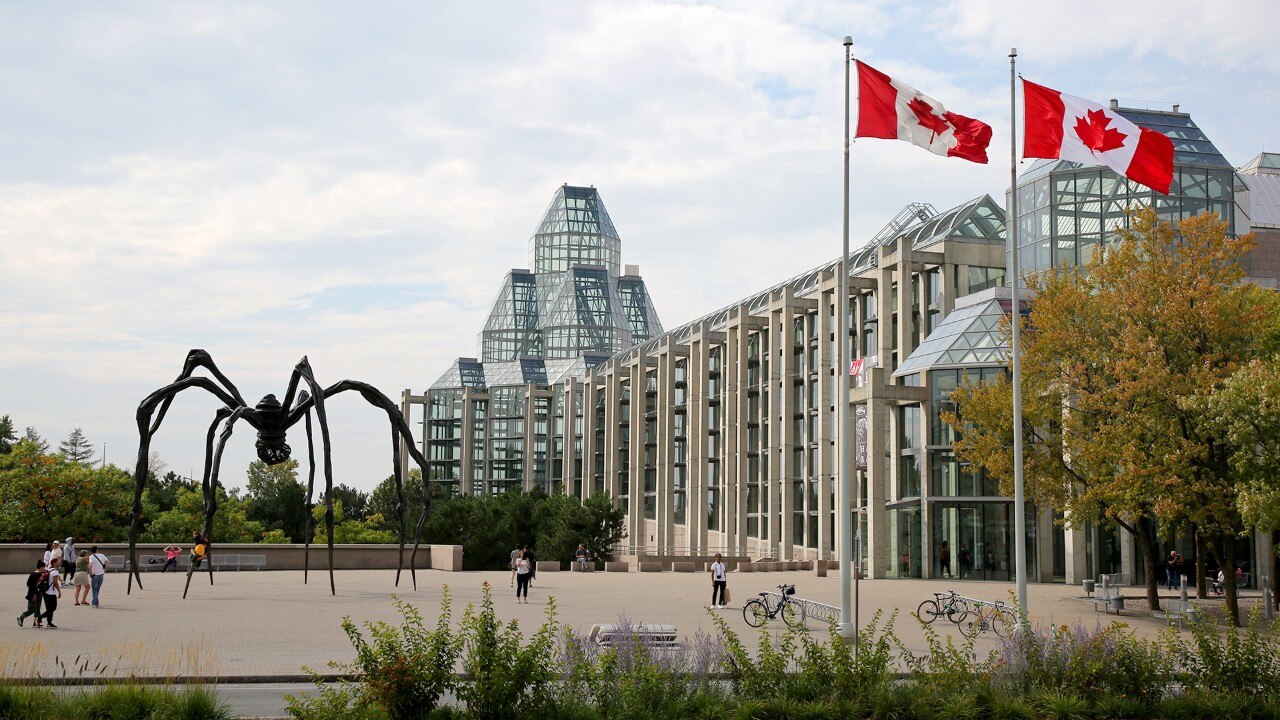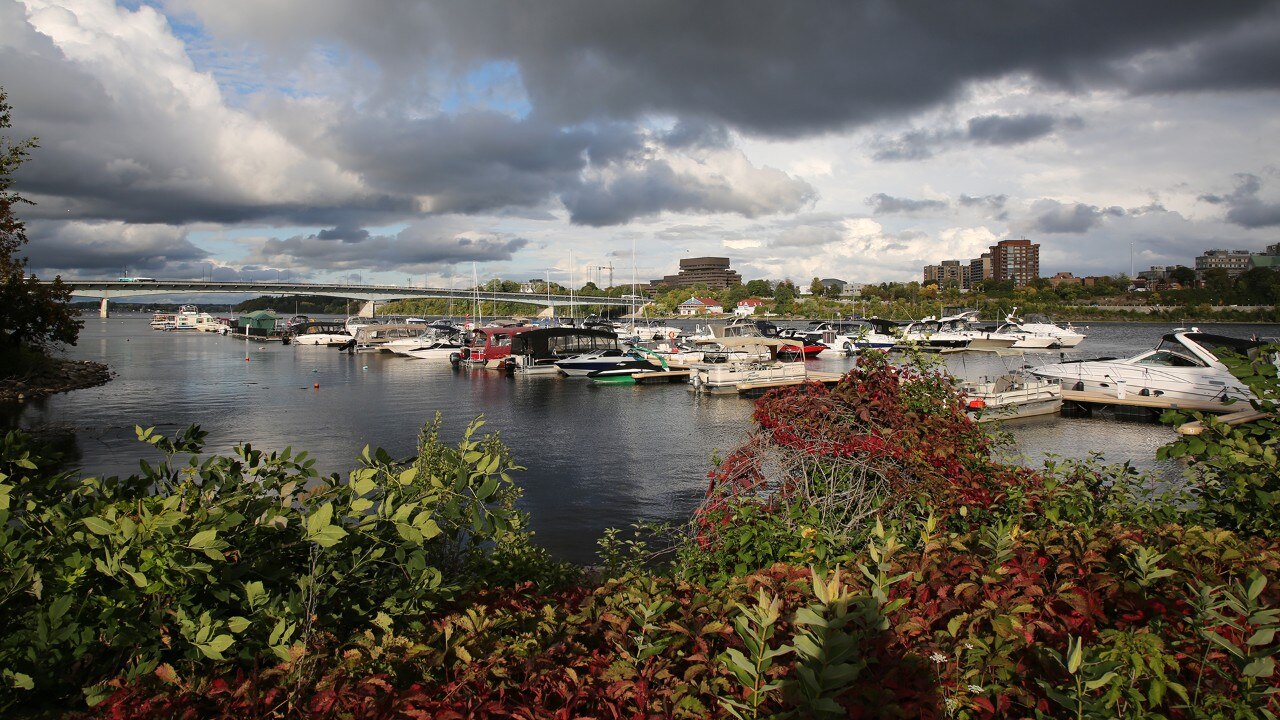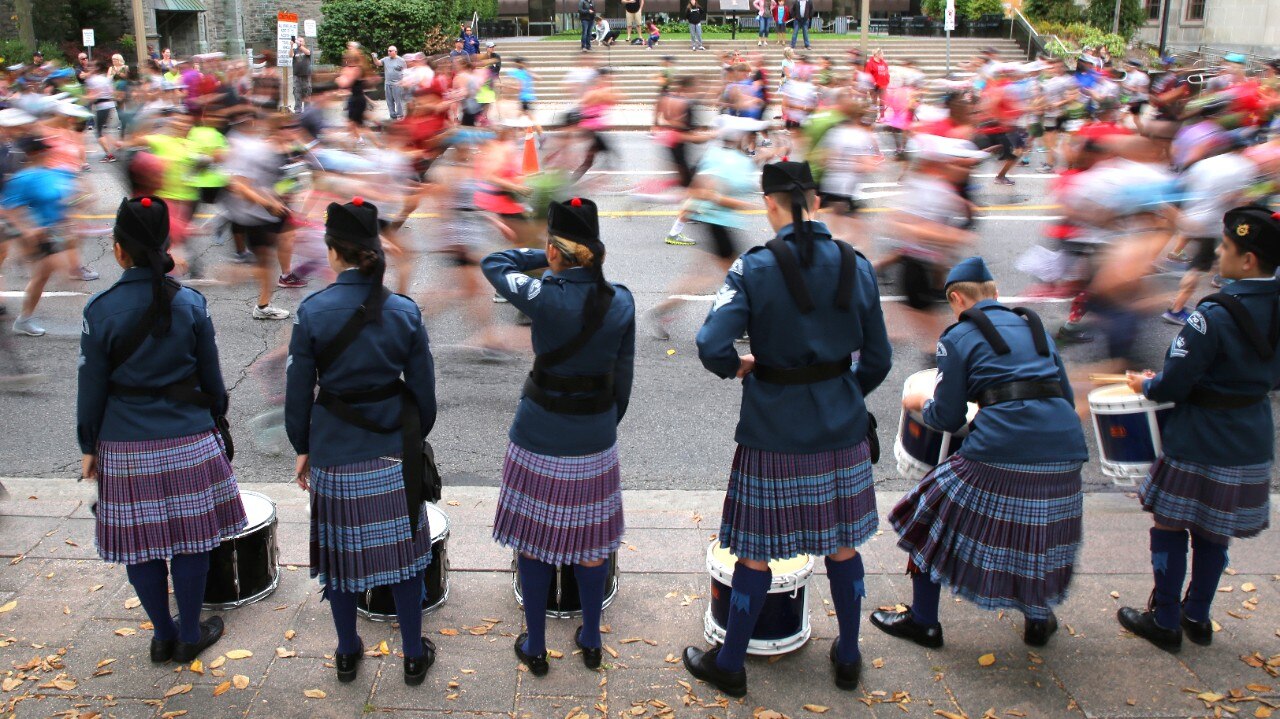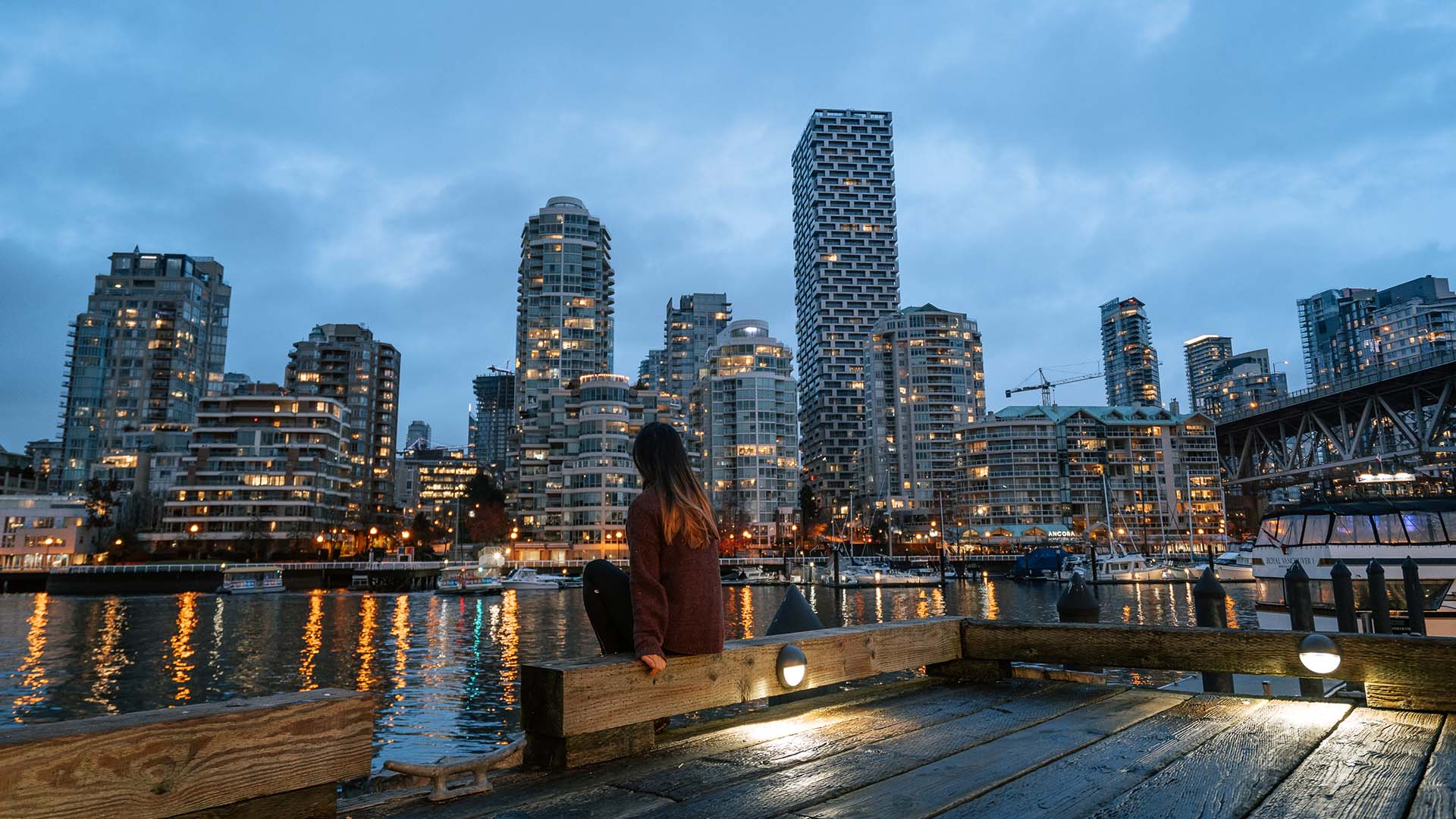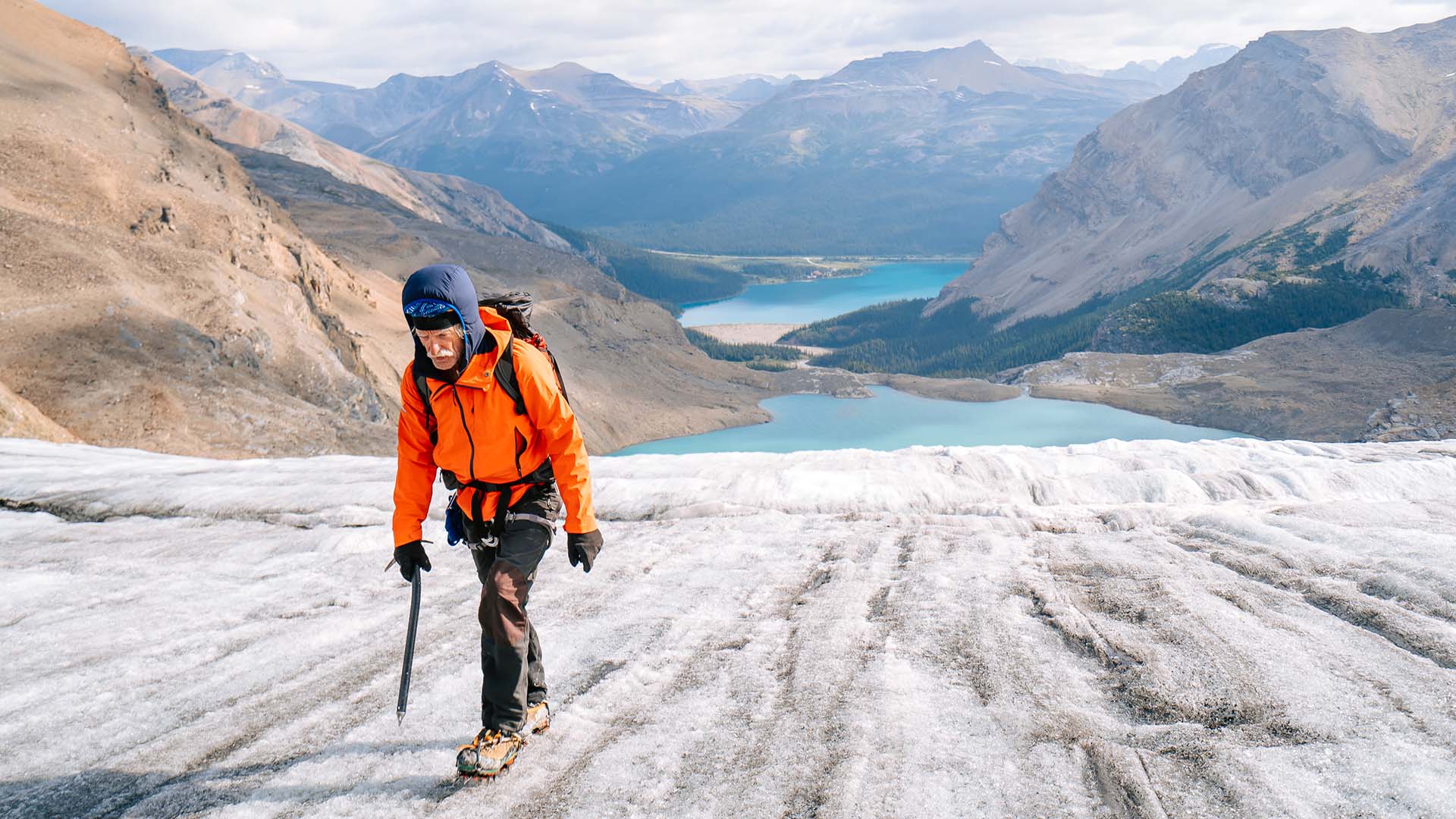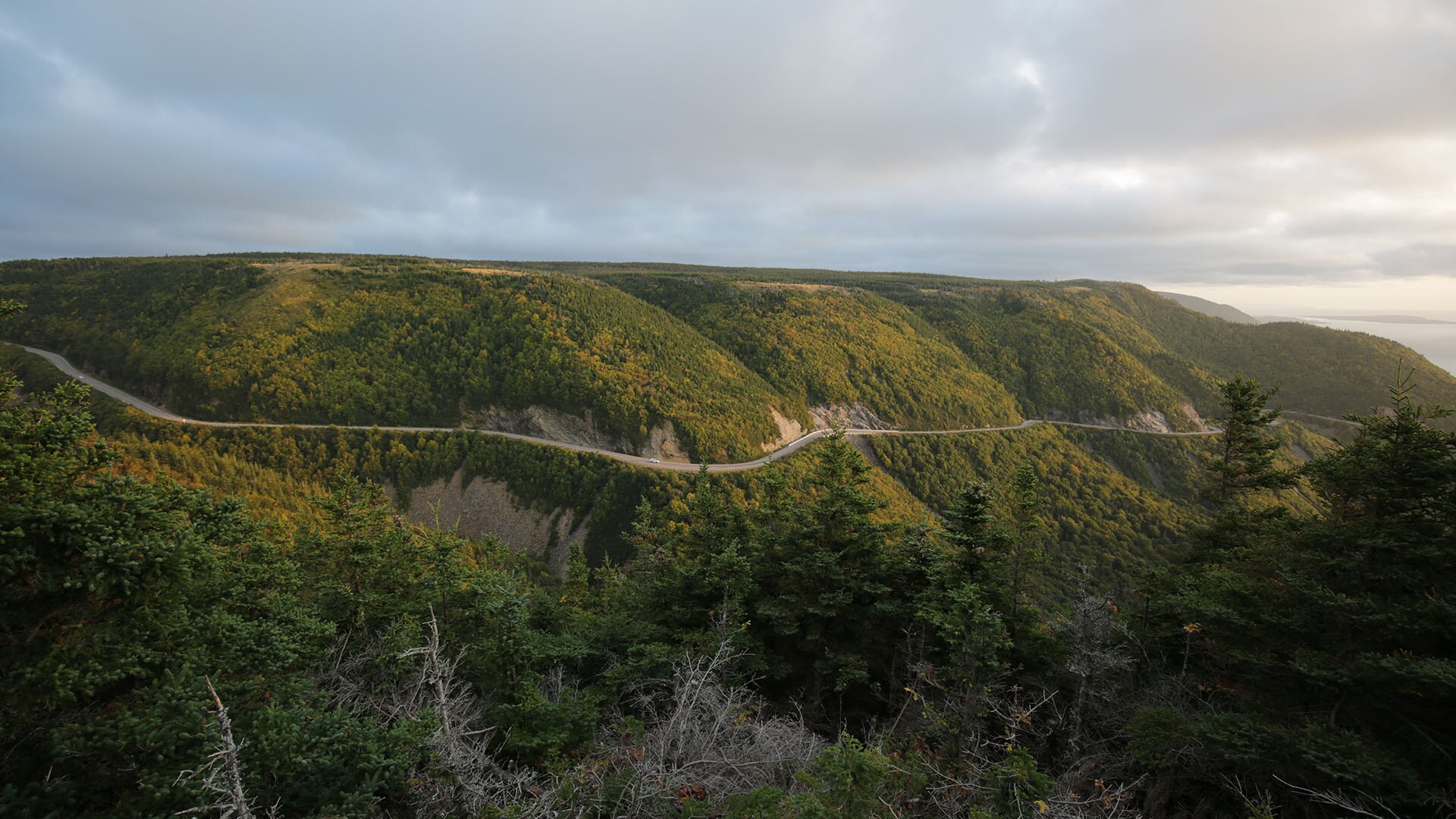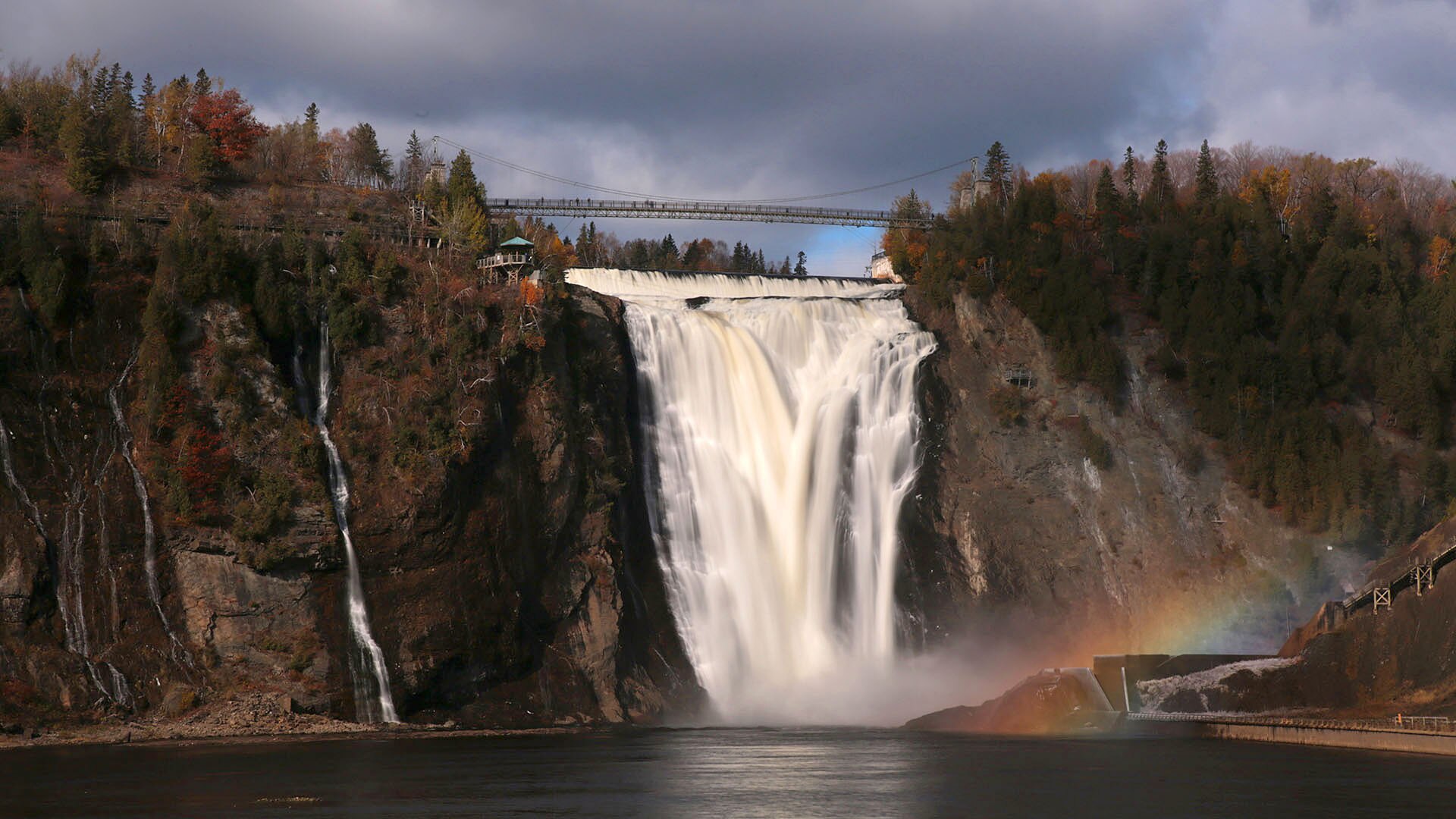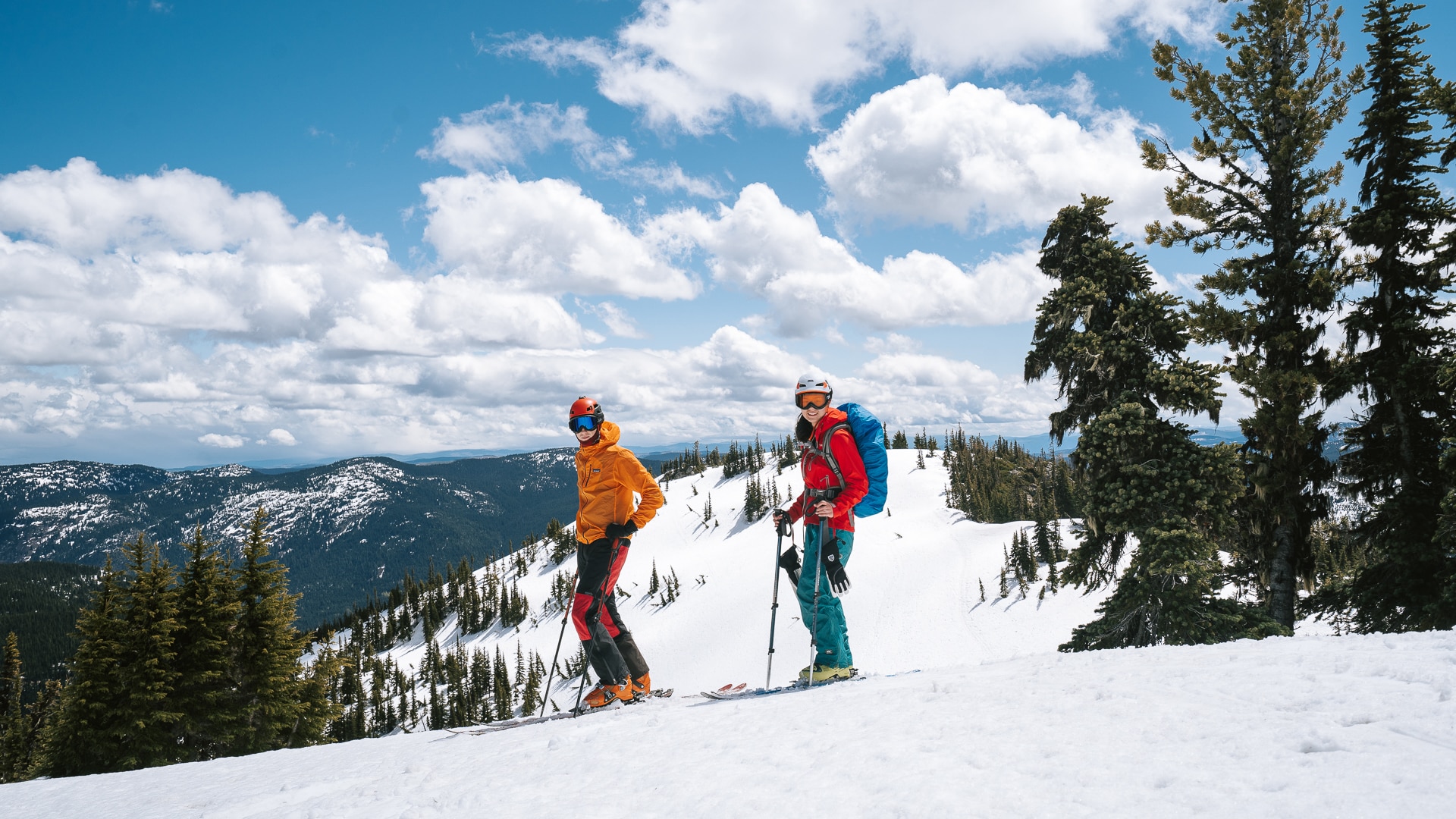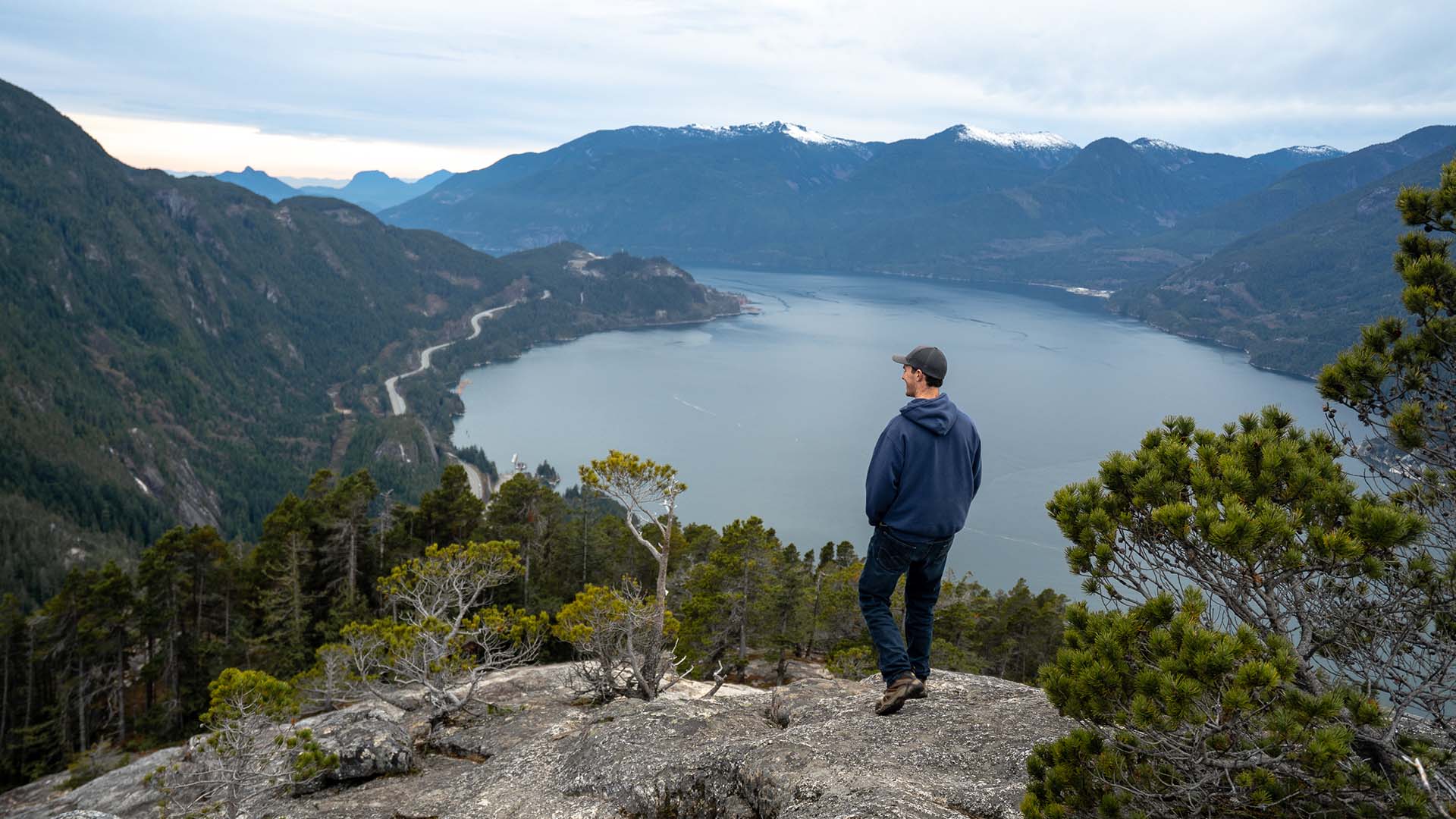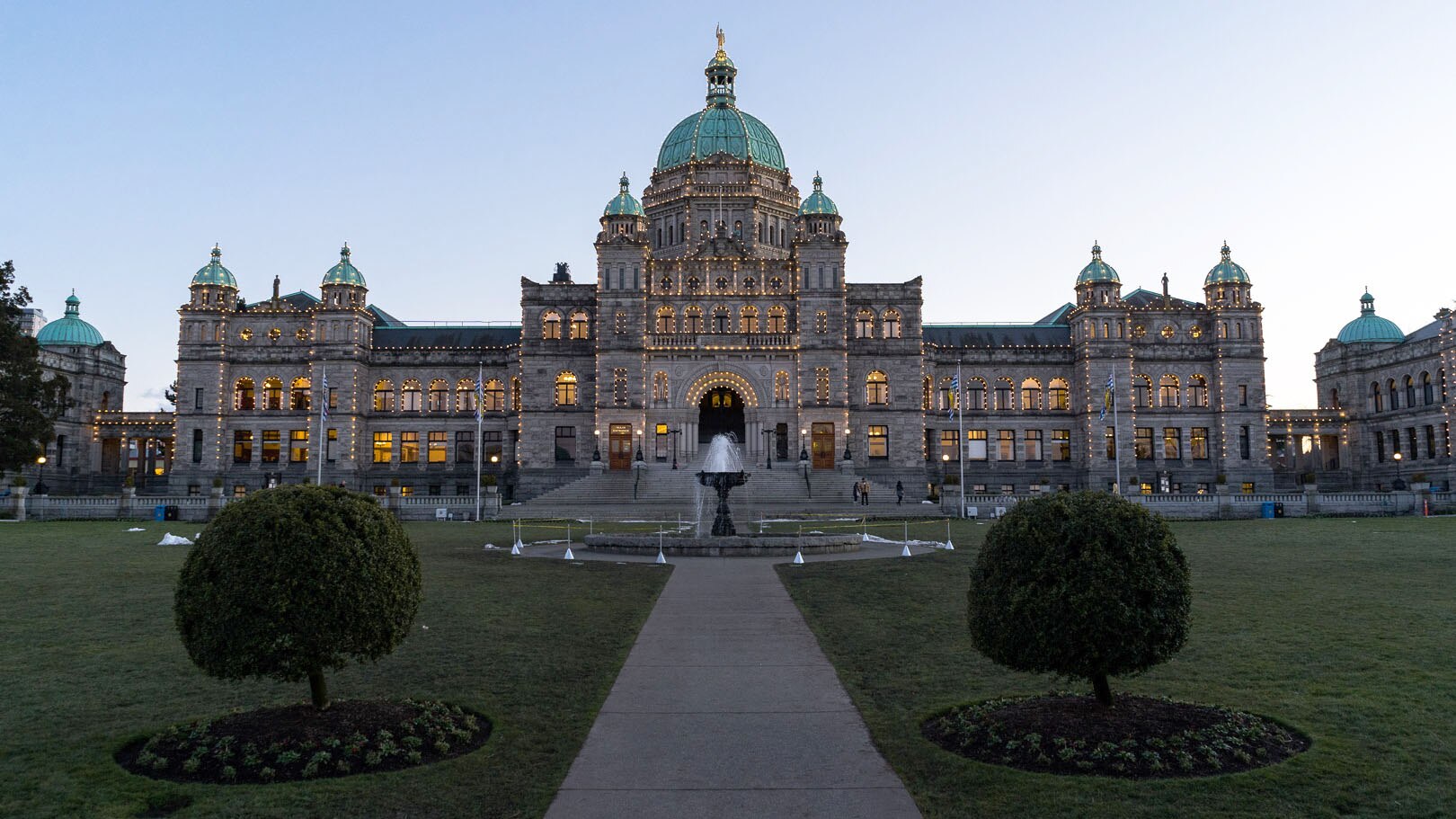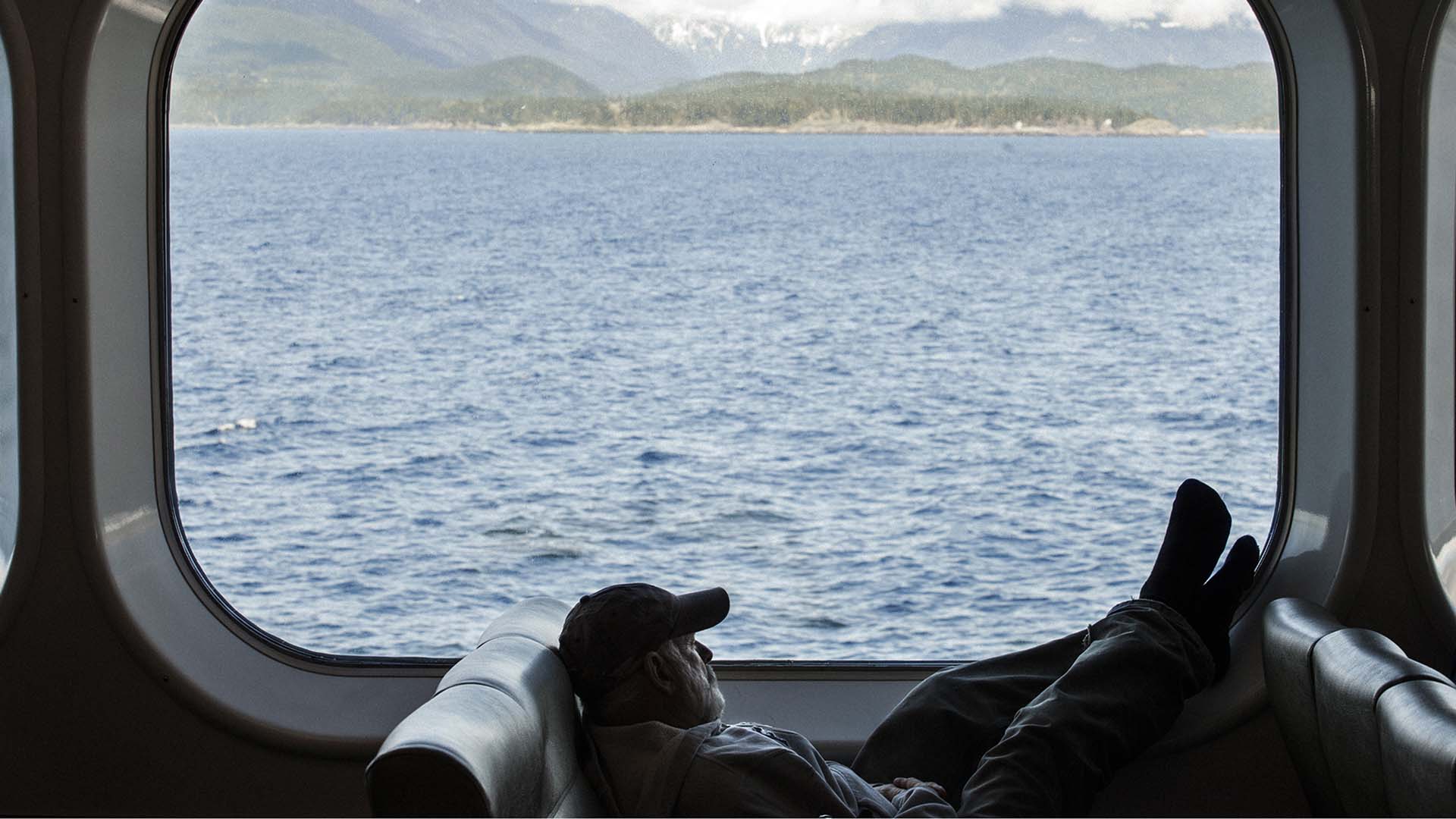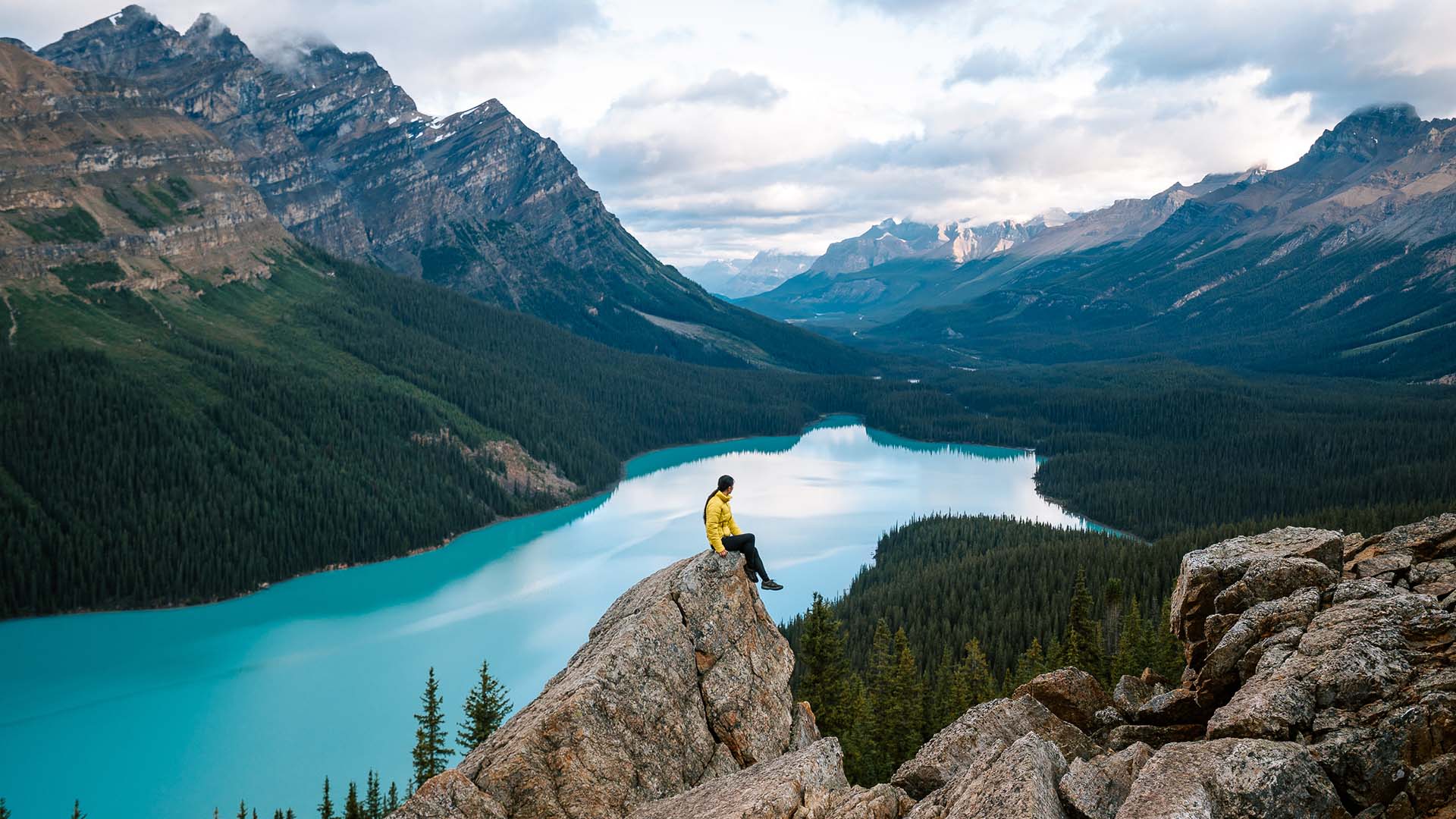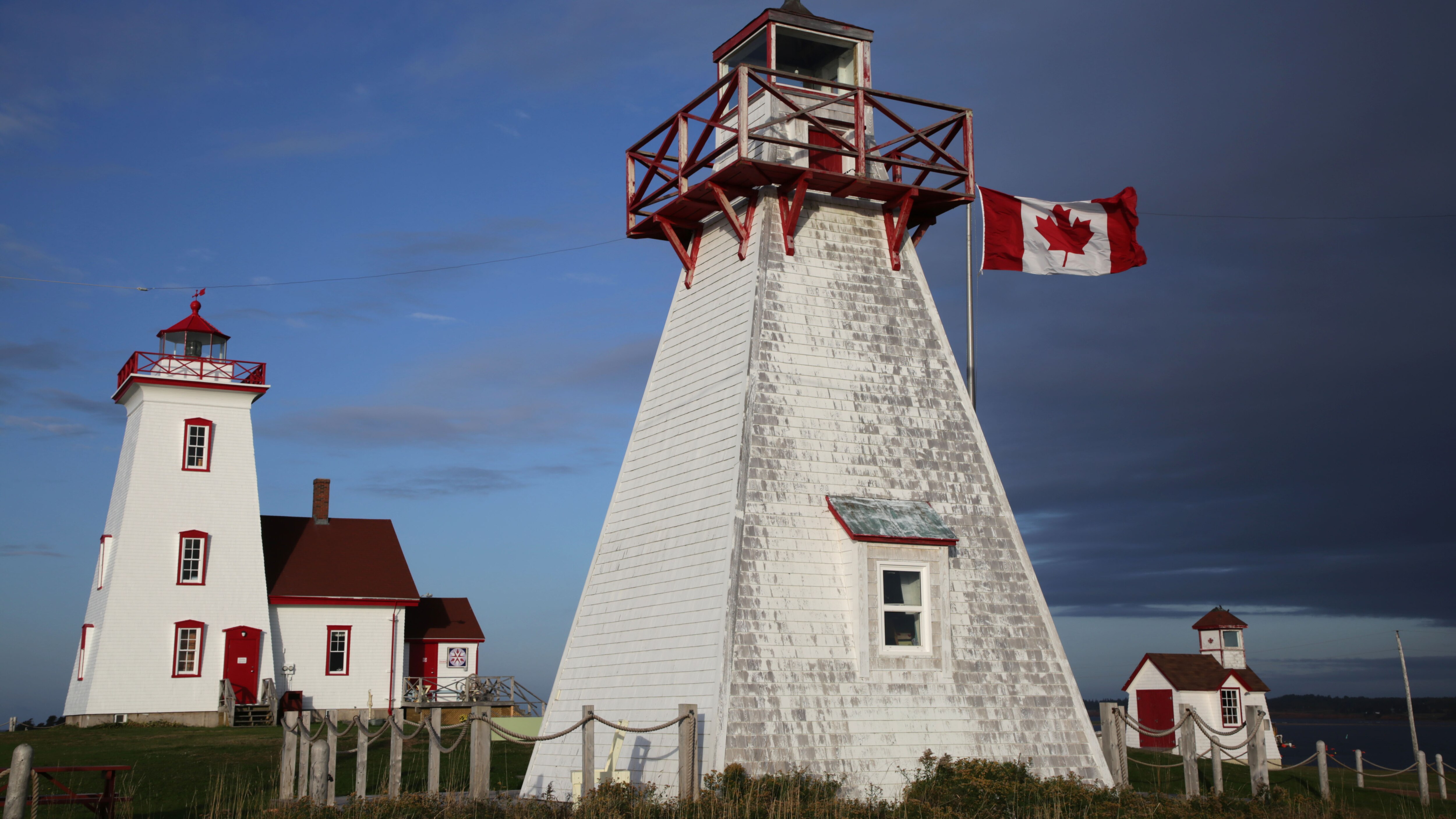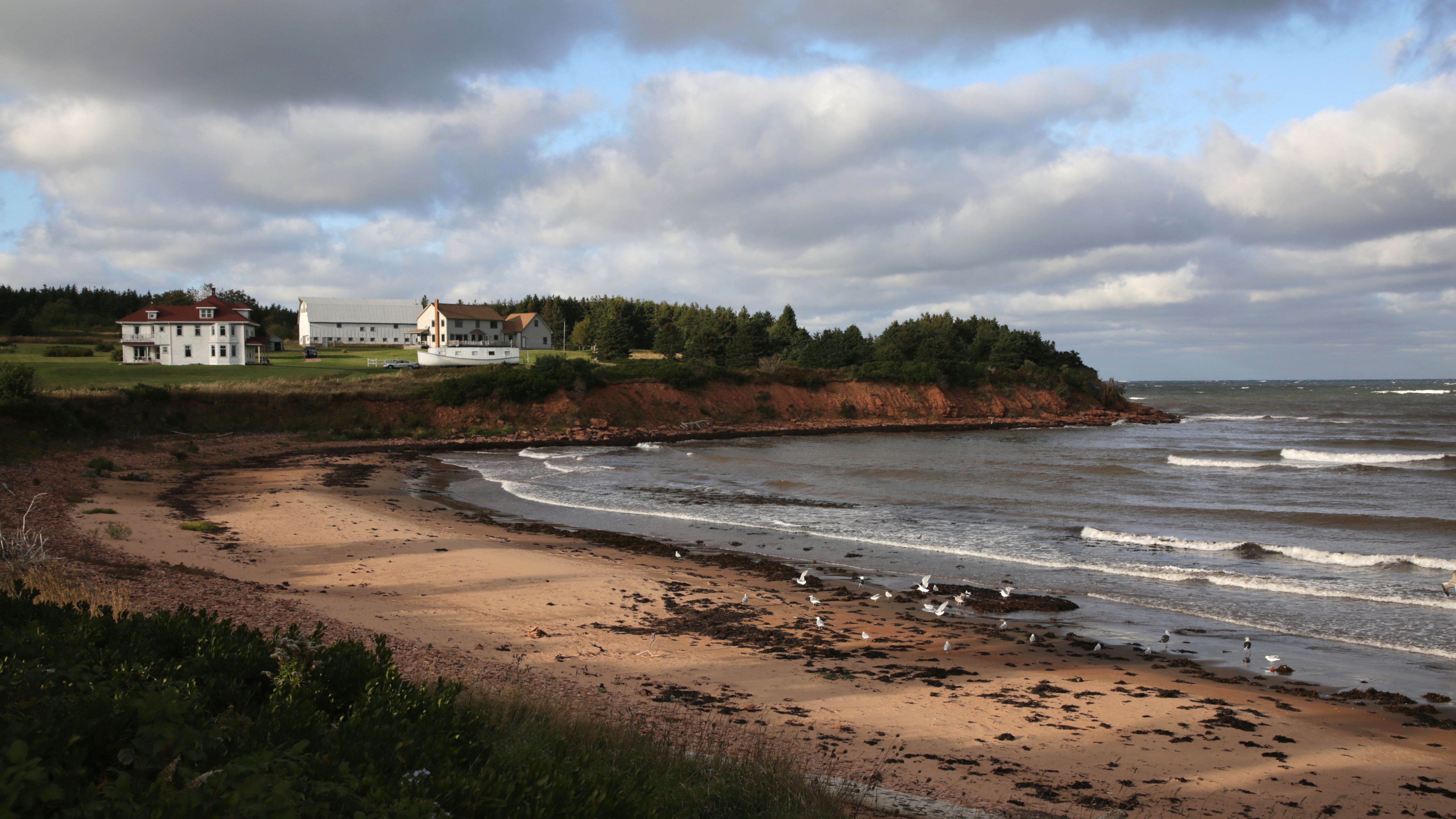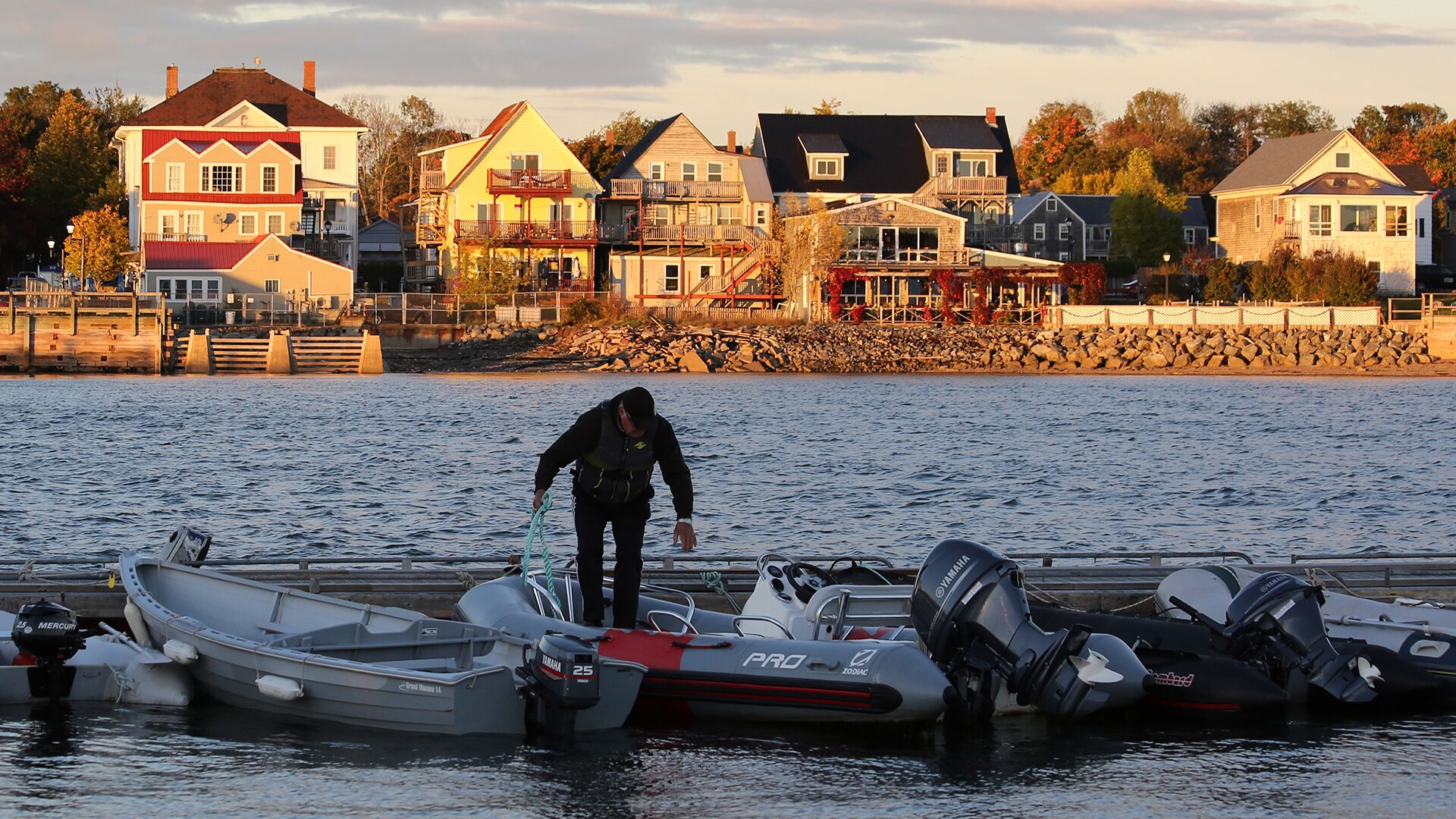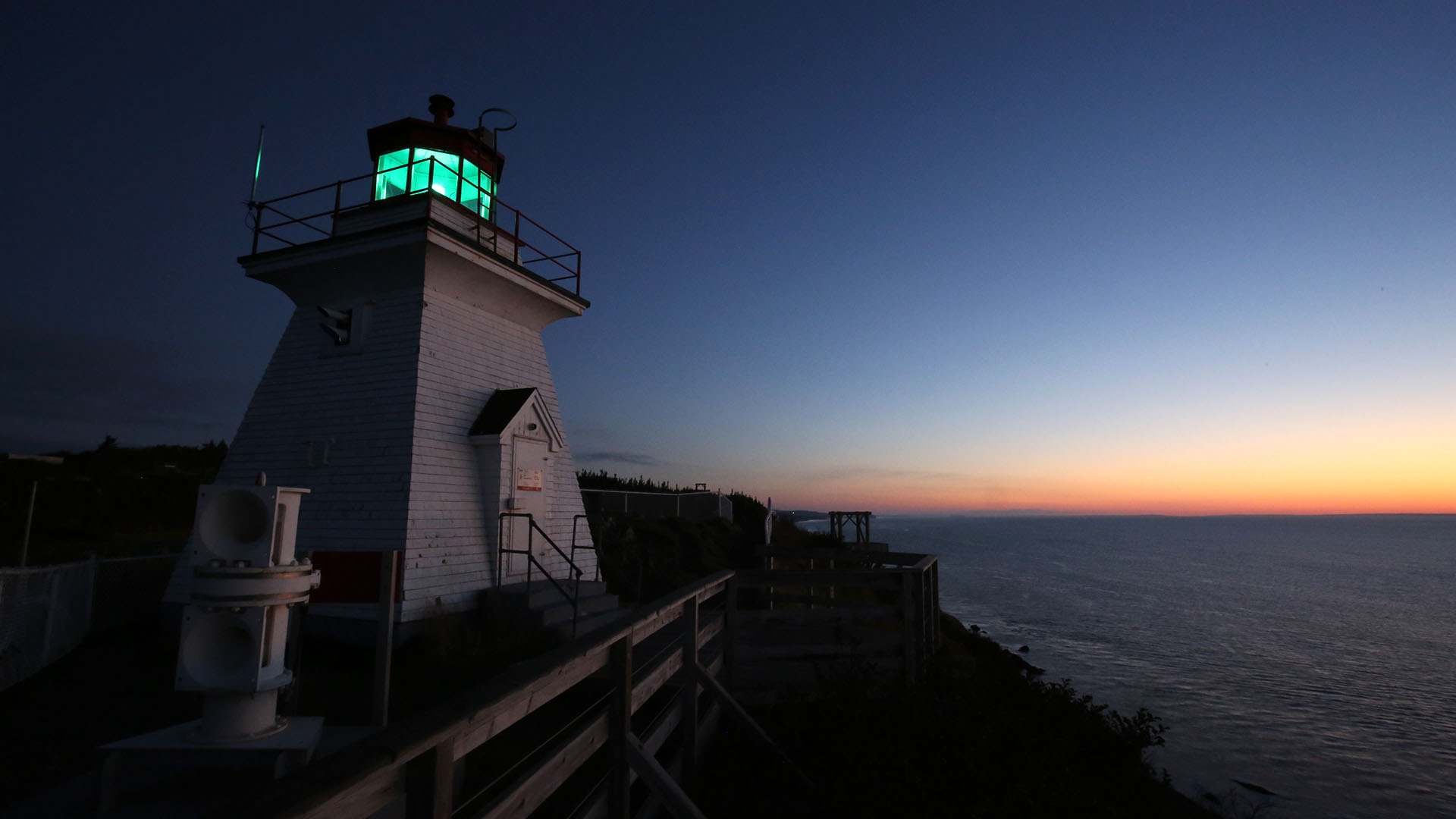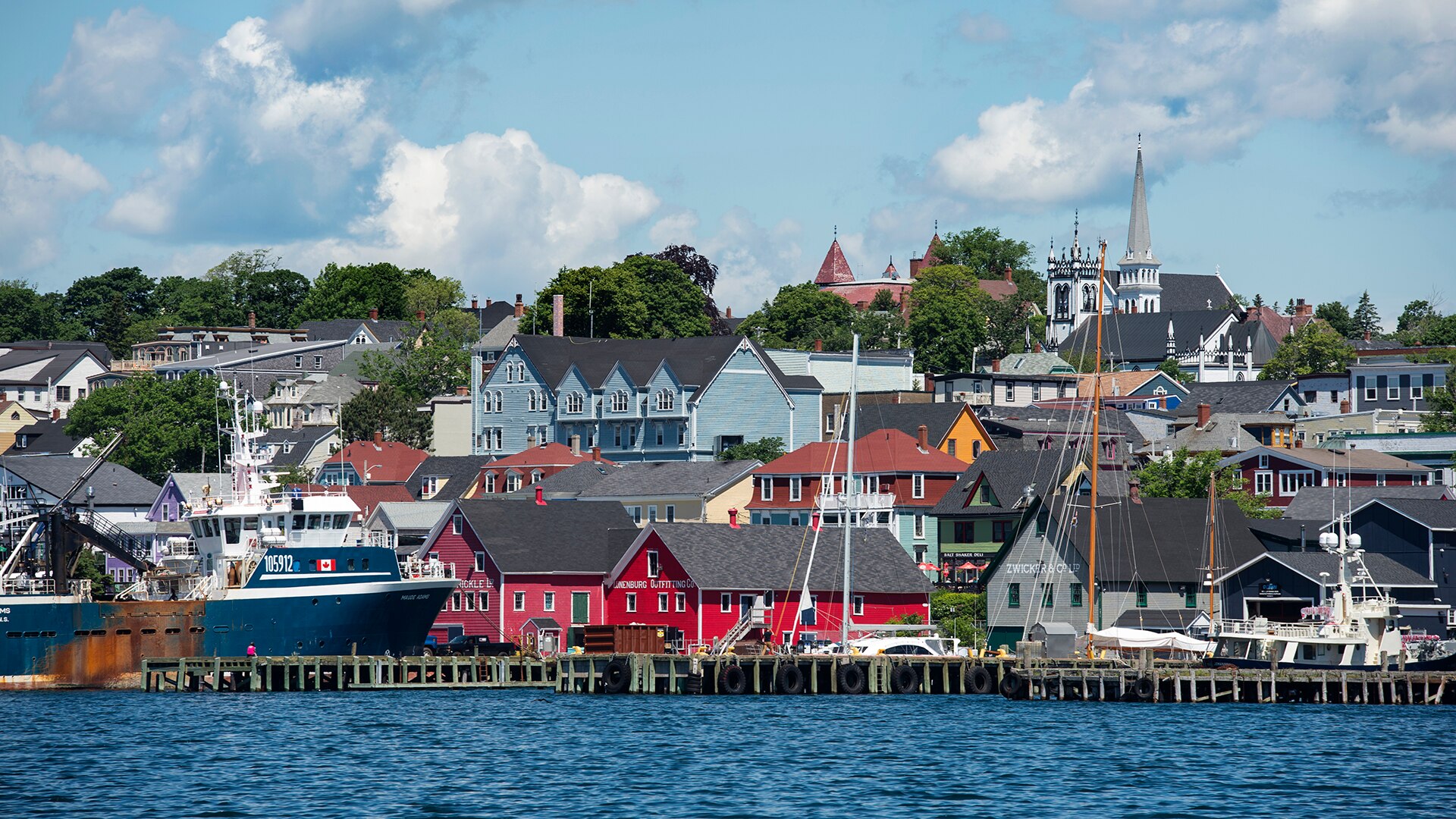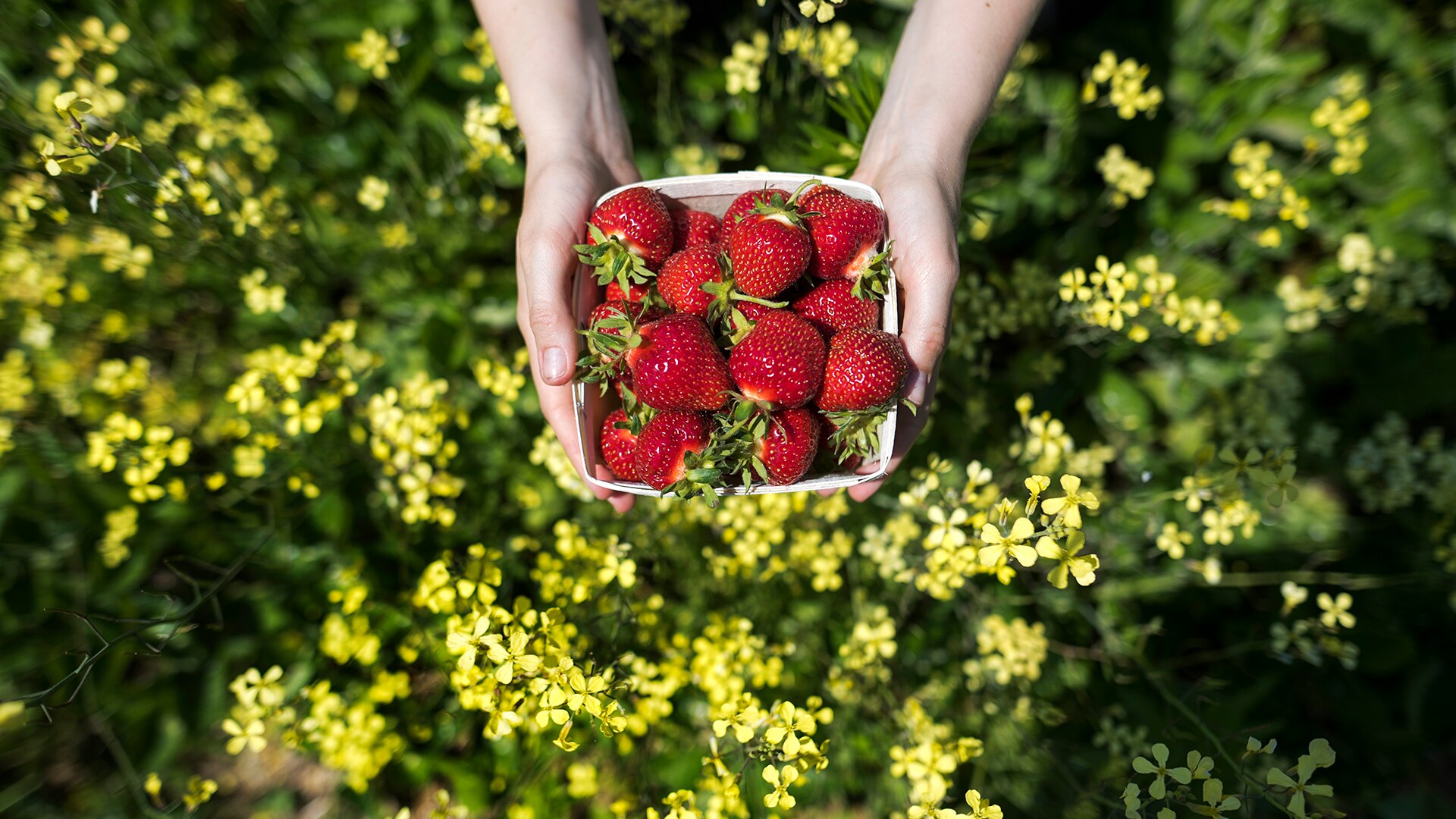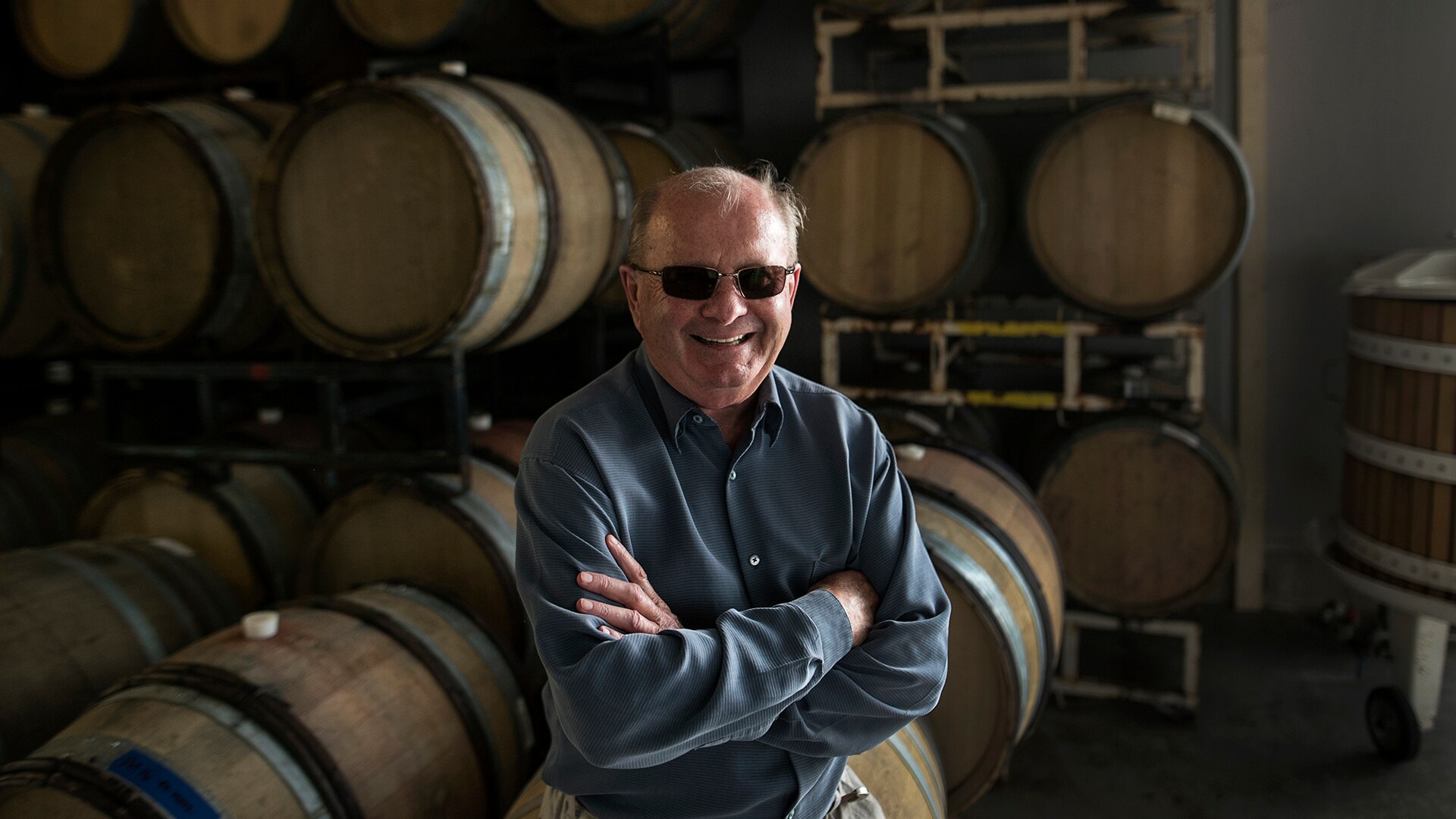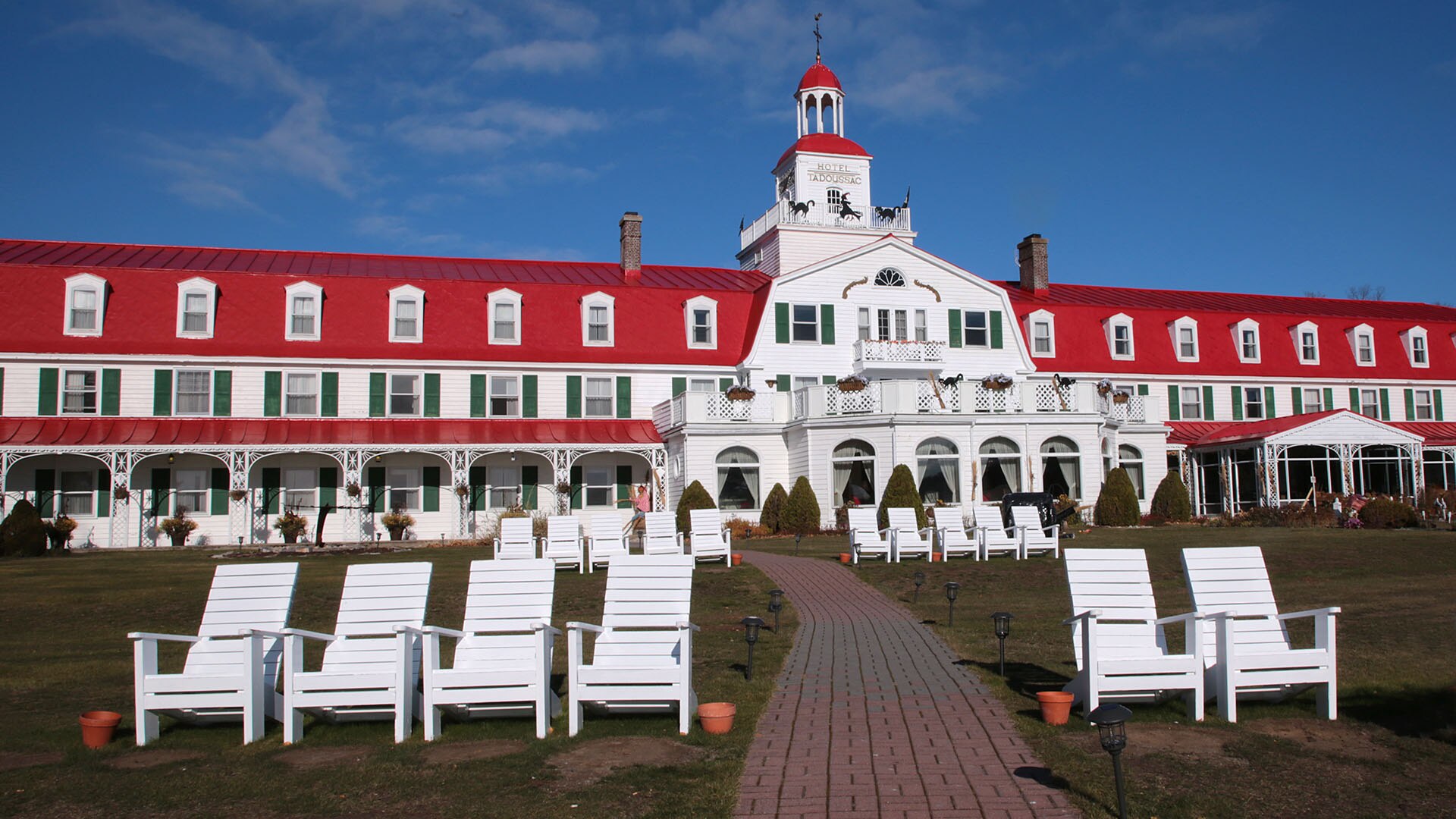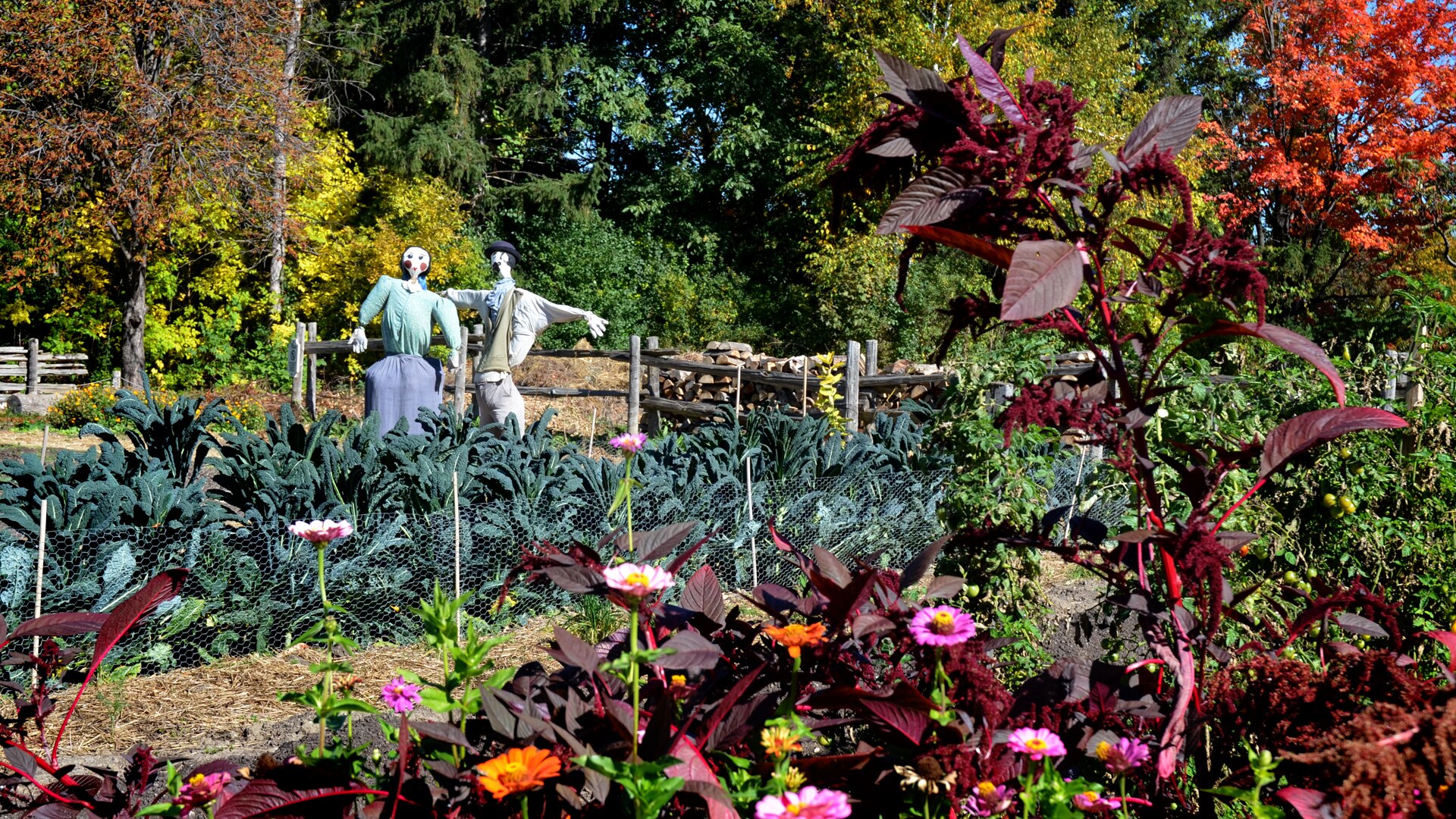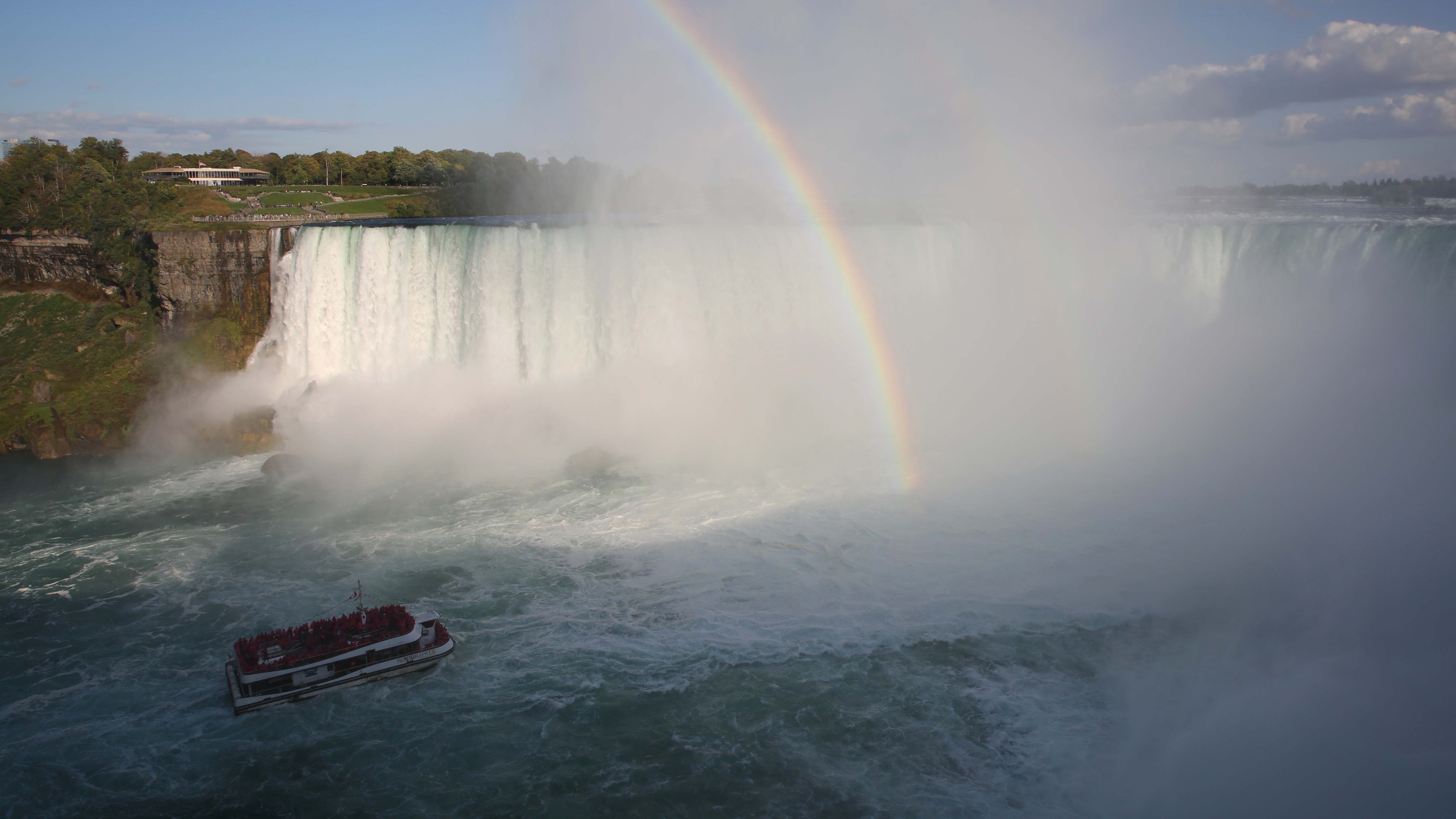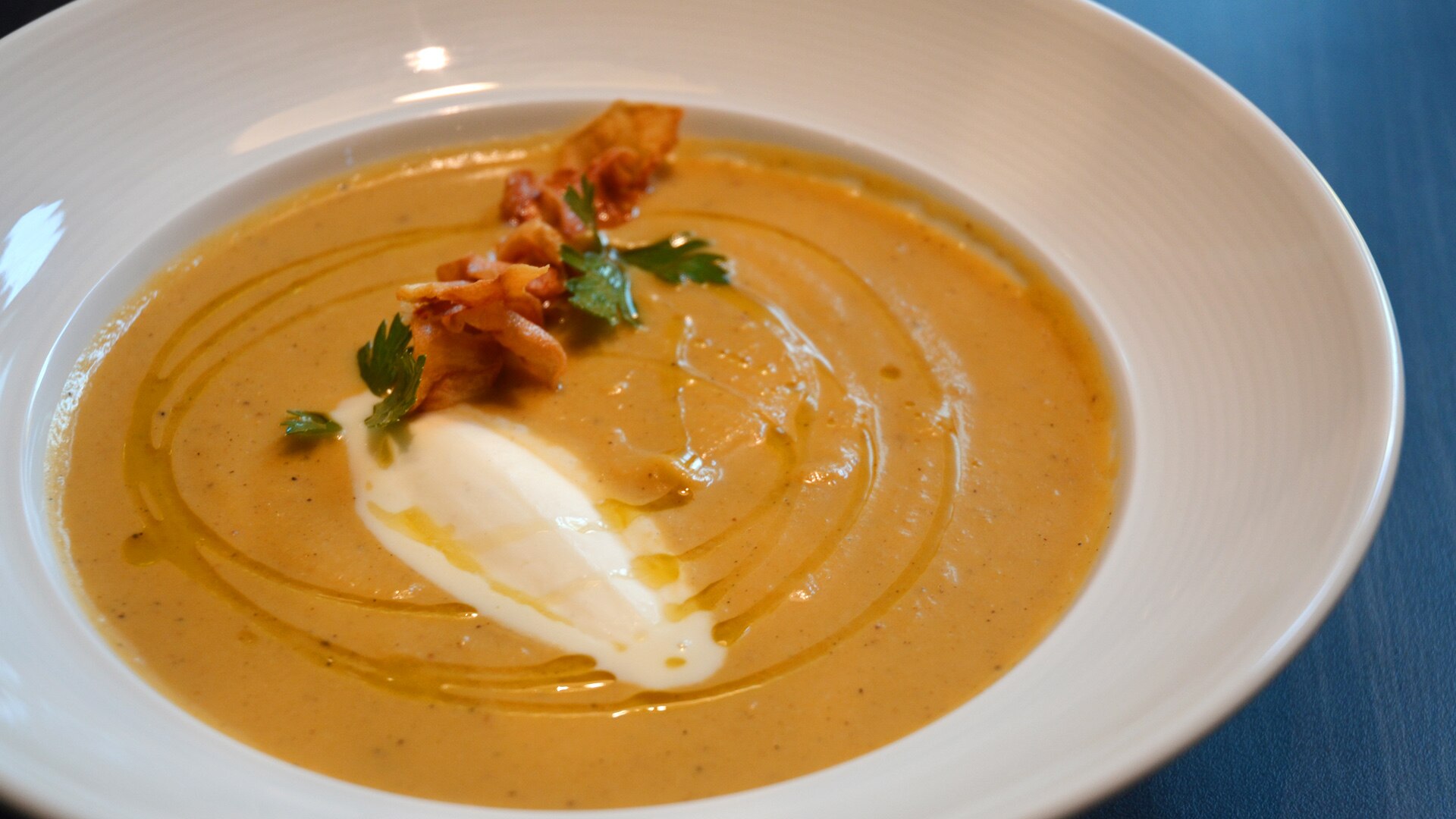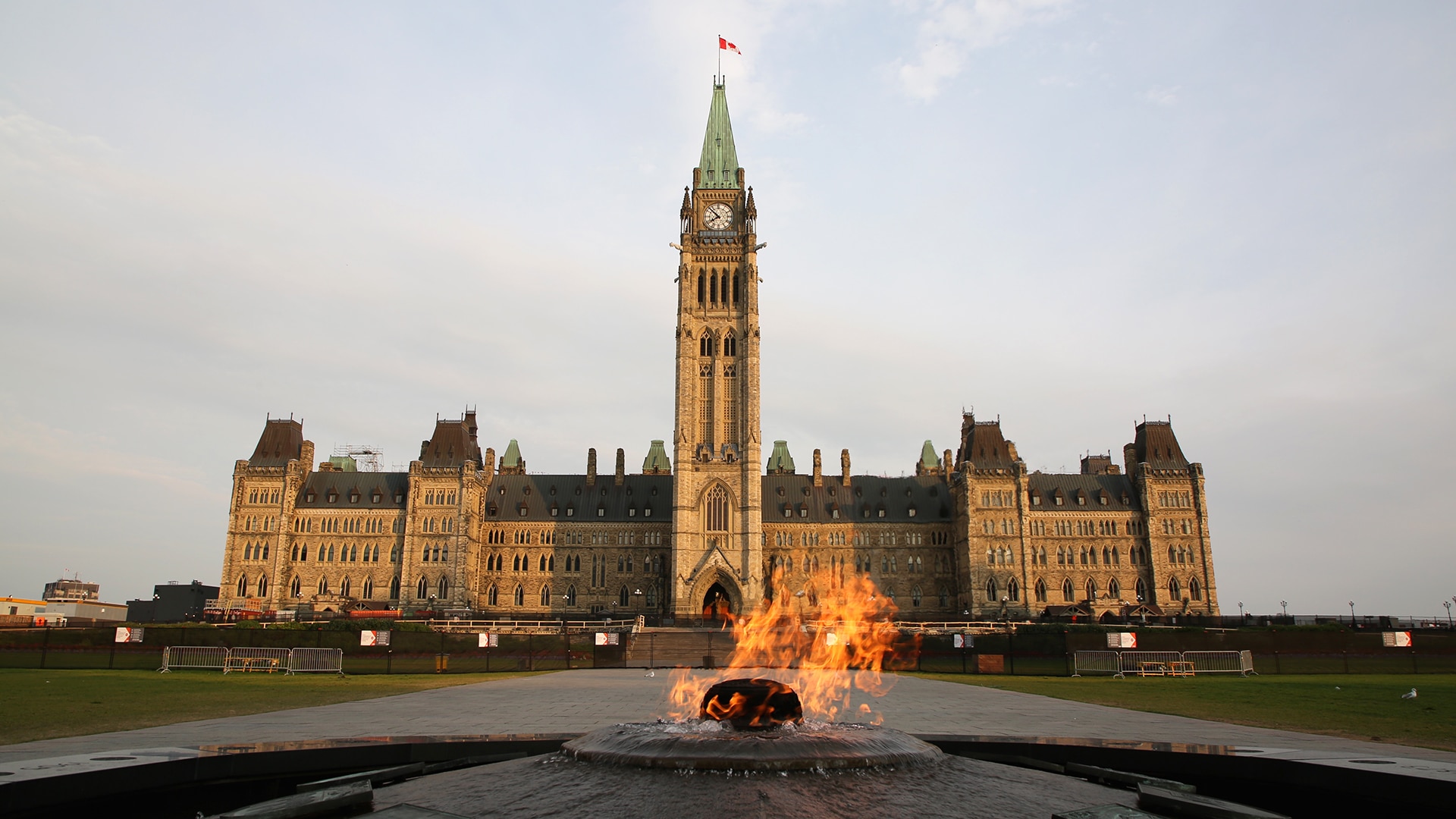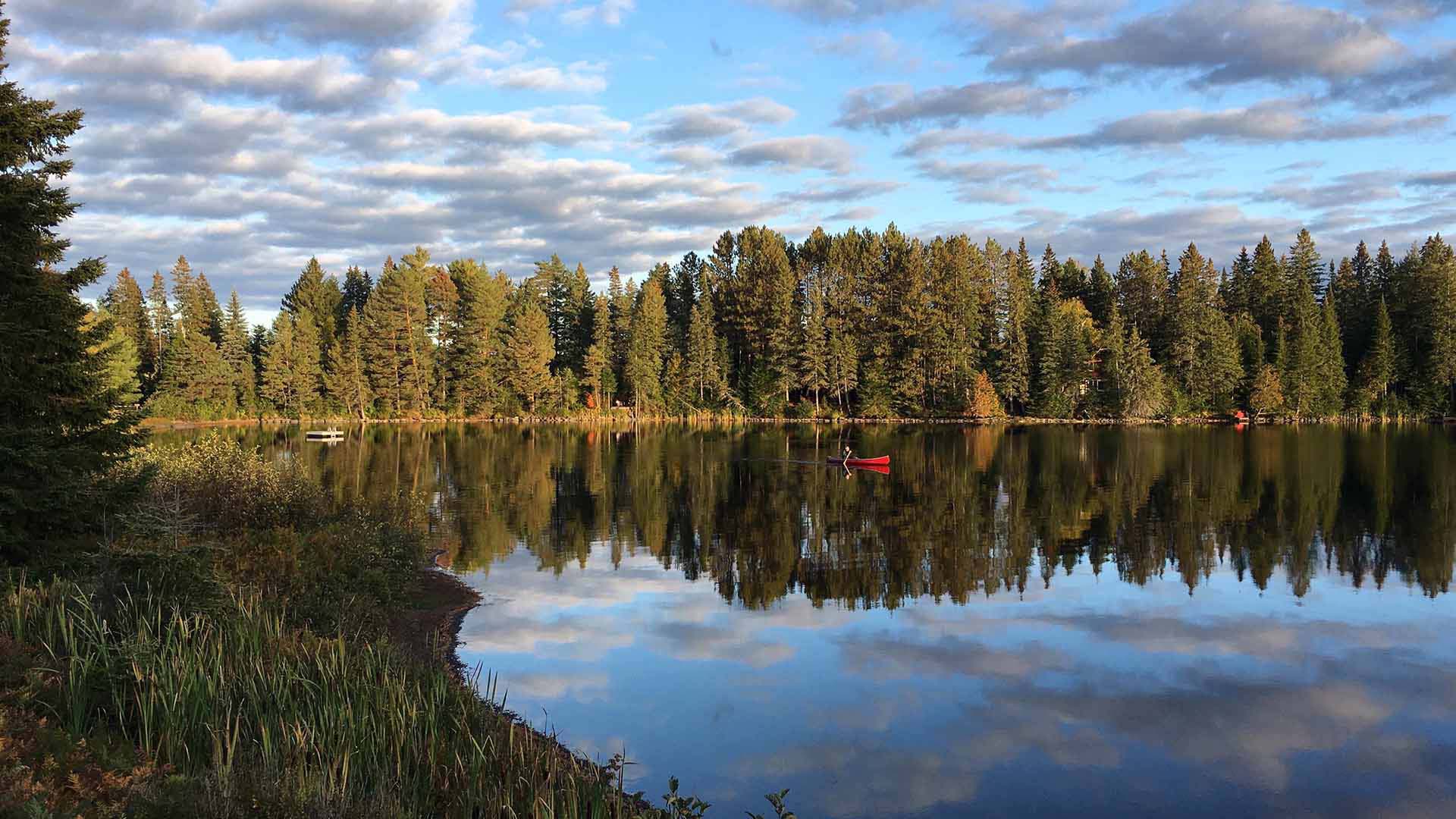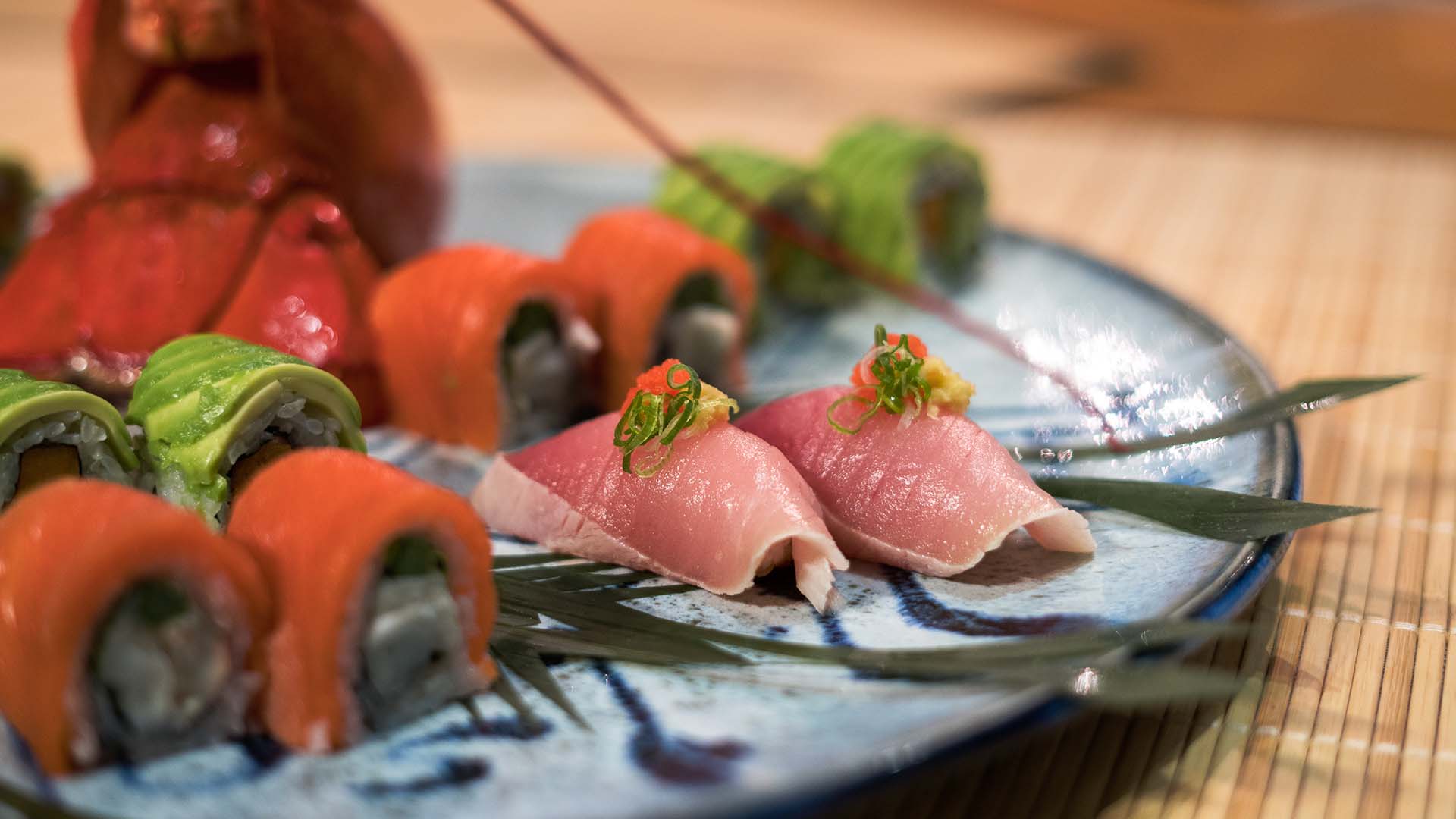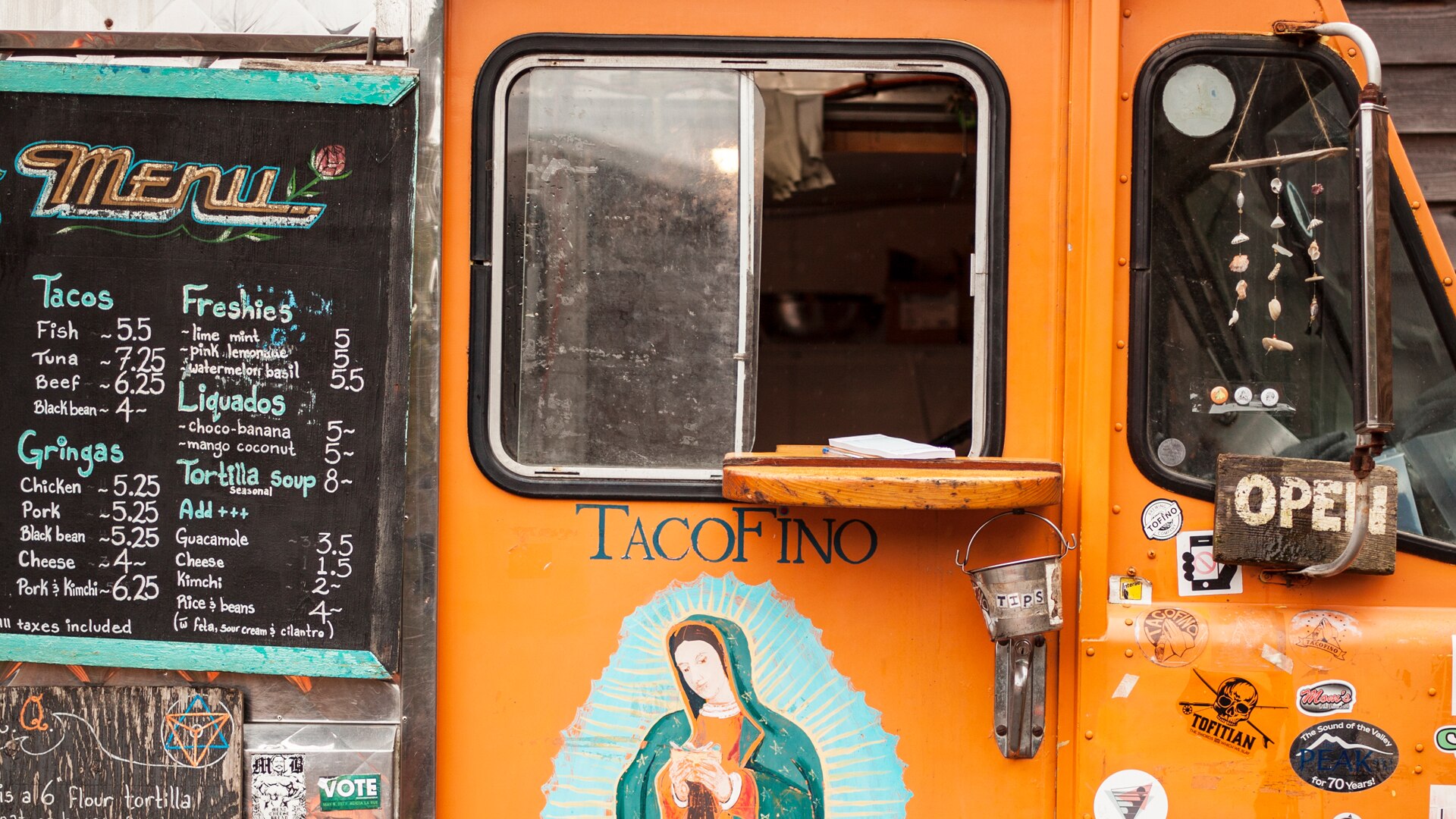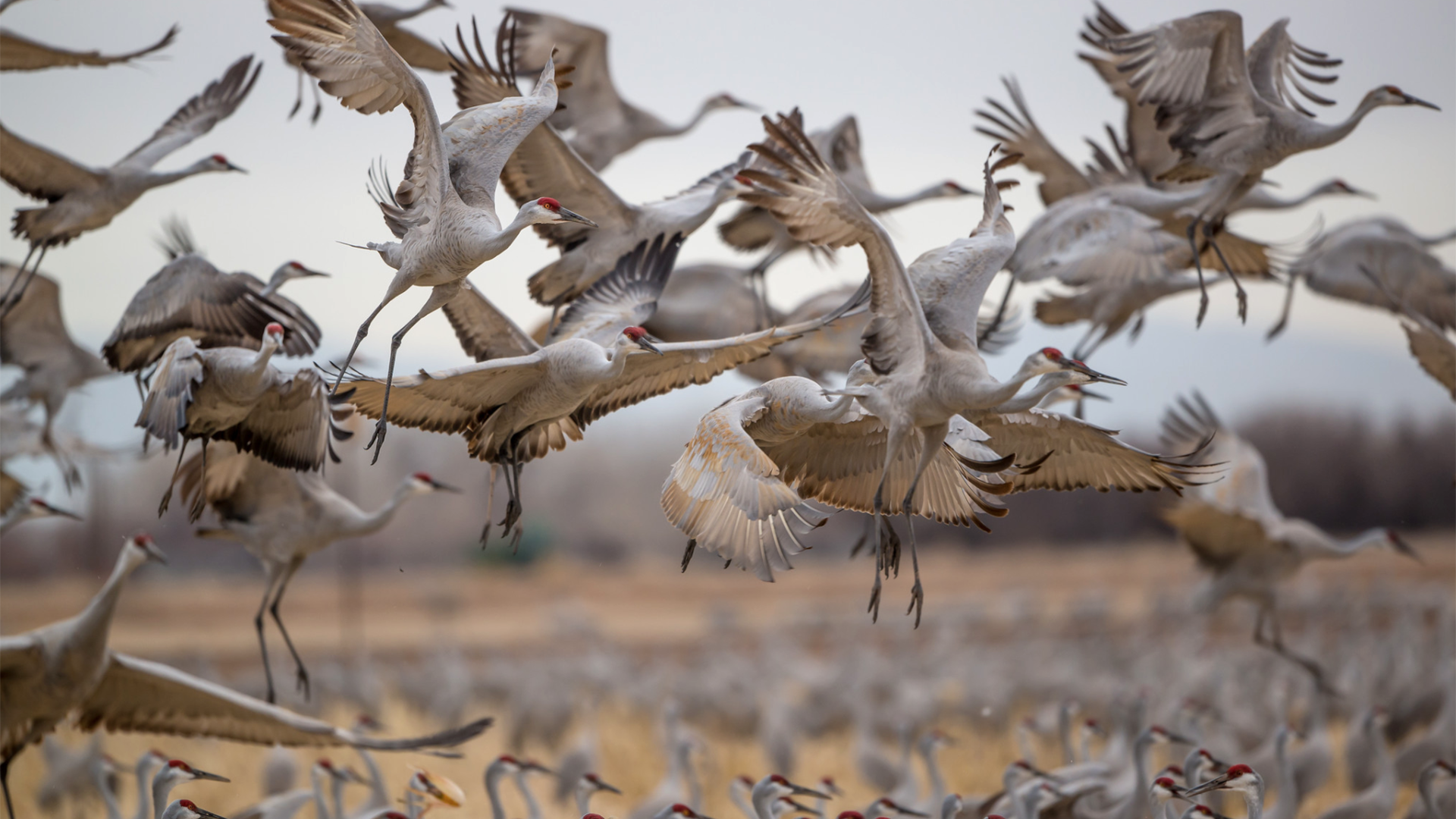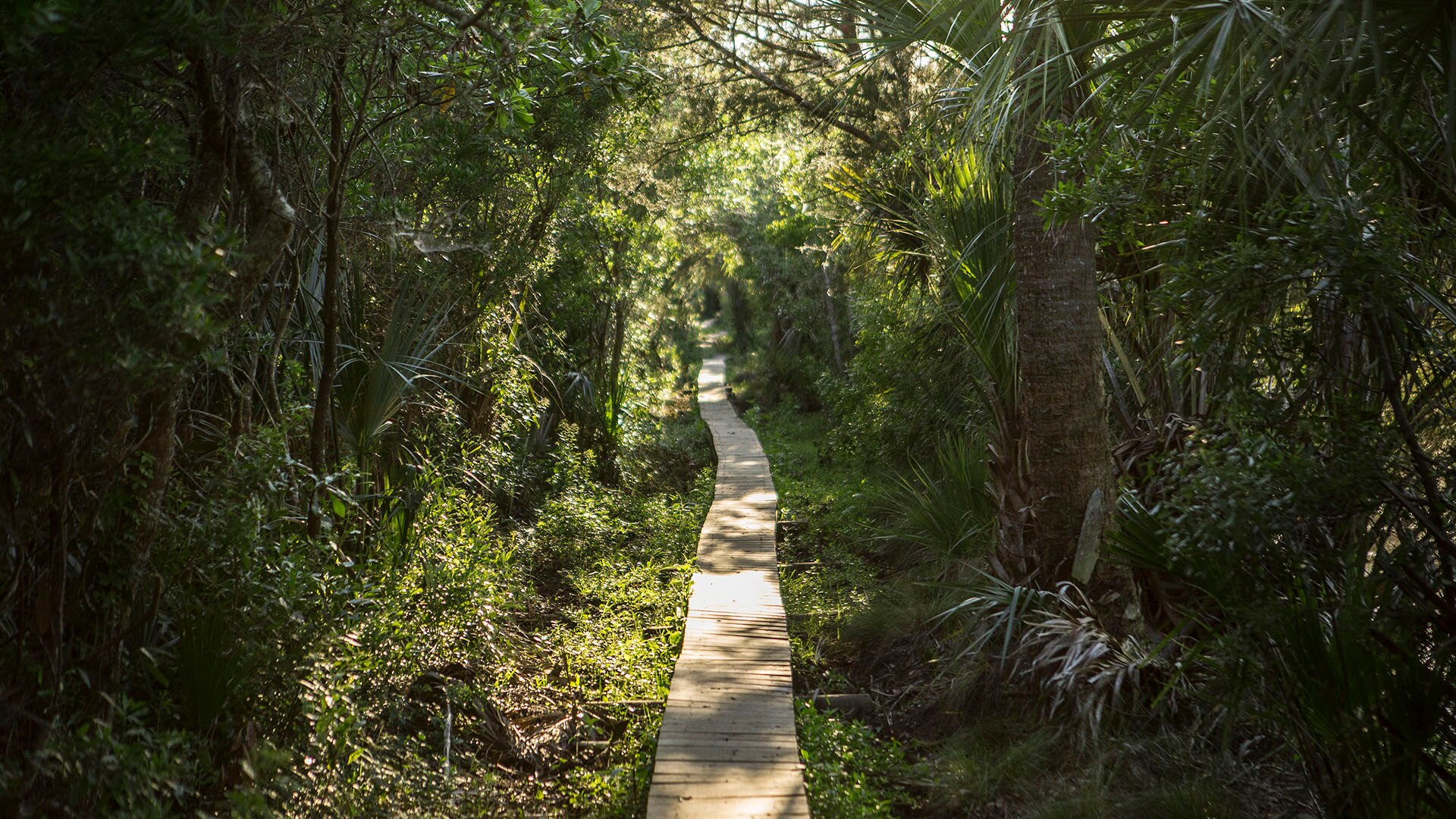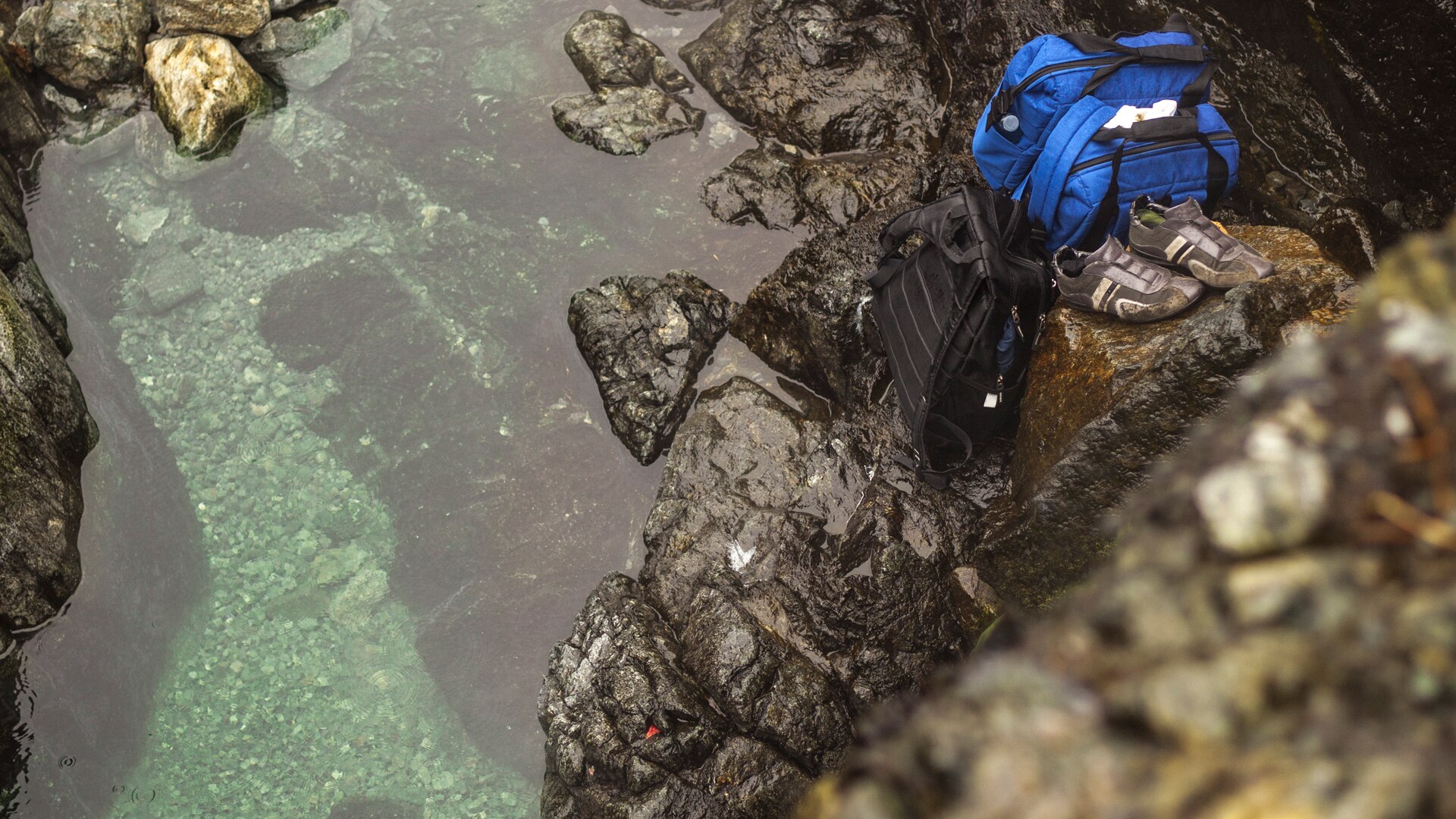Ottawa Abounds With Historical Attractions
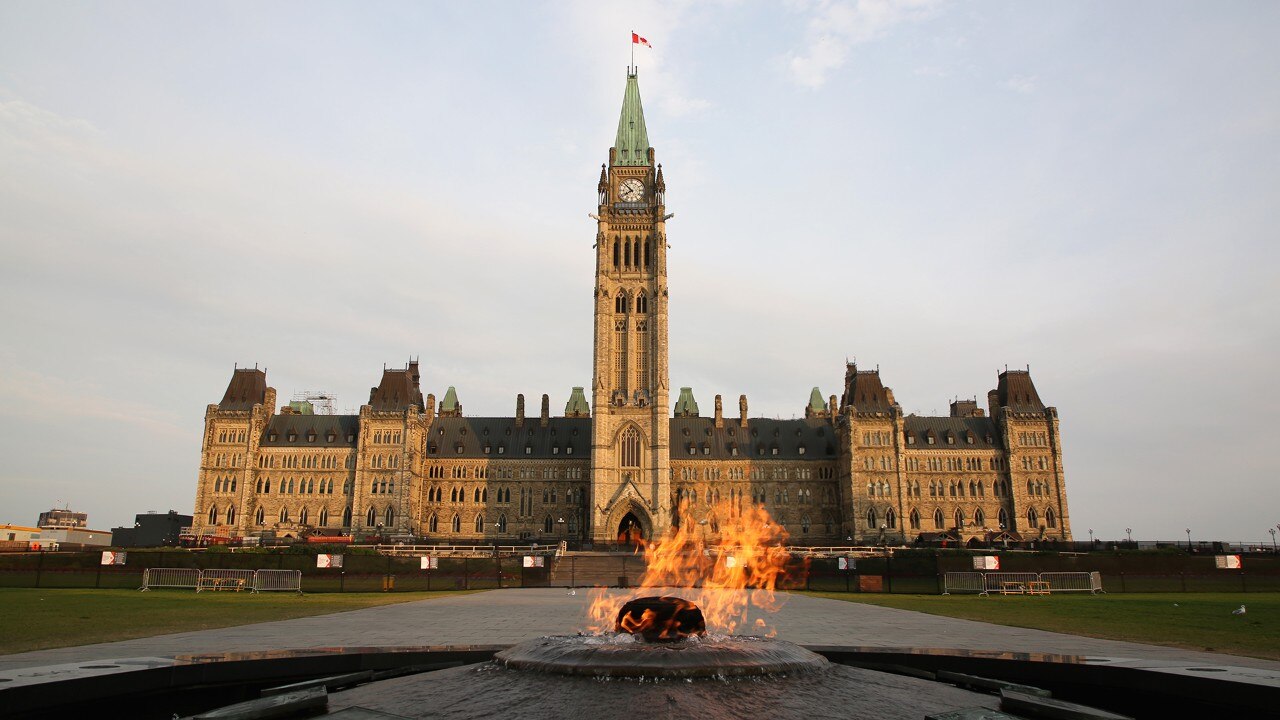
The Centennial Flame, which commemorates Canada's 100th anniversary as a Confederation, burns in front of the Centre Block building in Ottawa.
Canada’s capital brims with worthwhile pursuits in a gorgeous setting.
A great travel destination is like a bountiful buffet — it provides an endless amount of appealing choices. As a frequent visitor to Washington, D.C., I often arrive with a full plate of attractions to see, only to leave with plenty of leftovers for next time. The same is true of Ottawa, Canada’s capital.
In 1857, Queen Victoria selected Ottawa as the seat of Canada’s government, and on a recent road trip in the Northeast, I chose to sample what the city has to offer. A five-hour drive from Buffalo, New York, Ottawa is located in Ontario, Canada’s most populous province.
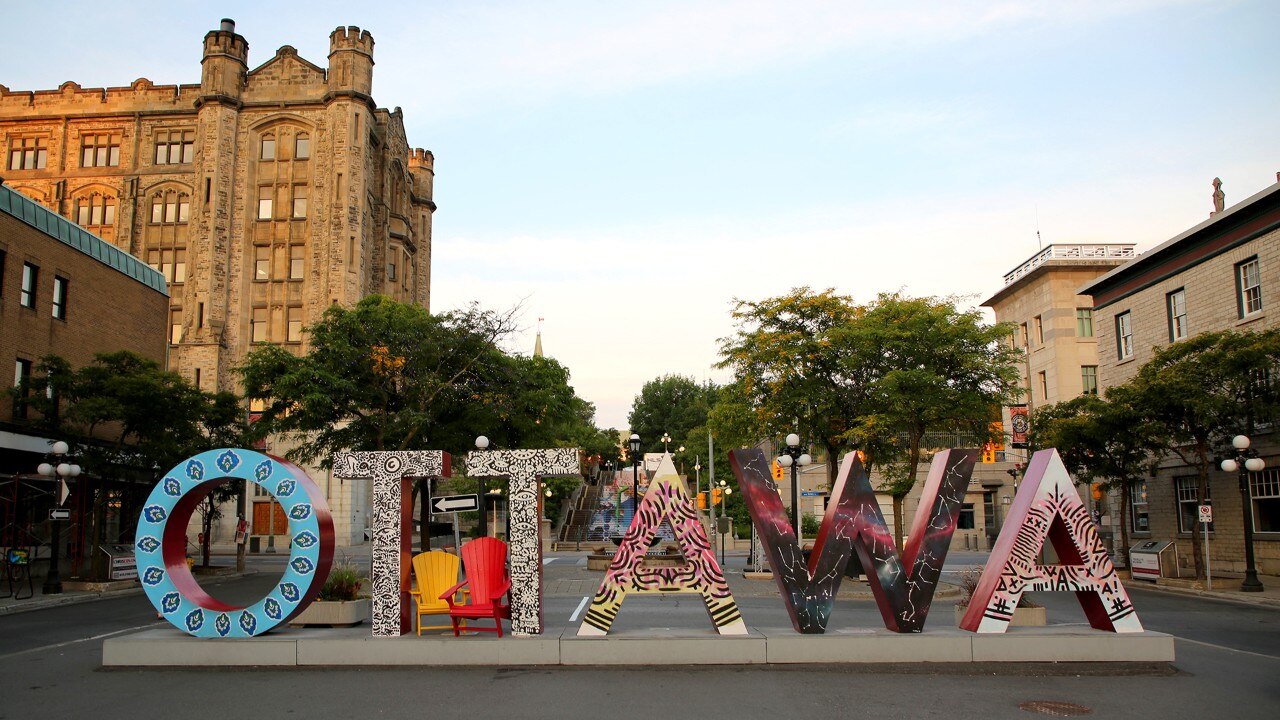
This Ottawa sign in the Byward Market has been replaced by a new one.

The Parliament buildings rise above the Ottawa River in this view from the Samuel de Champlain statue.
The capital boasts grand historic buildings, sprawling parks and world-class museums, and its picturesque setting along the southern bank of the Ottawa River is magnificent. On my three-day visit, I set out to explore Parliament, the Rideau Canal, some of the museums and the popular ByWard Market.
Canada’s governor general, representing the British monarch, and two legislative houses — the elected House of Commons and the appointed Senate — make up Canada’s Parliament. Legislative sessions normally occur in the magnificent neo-Gothic Centre Block building, the unmistakable symbol of the city. Originally opened in 1866, the building is closed for remodeling through 2029, so Parliament now convenes in nearby buildings.
Free tours of these stately, if temporary, chambers were a highlight of my trip because I enjoy learning about parliamentary tradition. For example, in Canada, ceremonial maces (ornamented staffs derived from those used as weapons) represent the authority of the British monarch. Before each session, a mace bearer carries one into the House or Senate and places it on a table, where it stays until the end of each session.

The House of Commons

Maman, a giant spider sculpture, guards the National Gallery of Canada.
A Big Skating Rink and a Giant Spider
The Rideau Canal, a UNESCO World Heritage Site, also has an interesting history. After the War of 1812 between Canada and the United States, the Canadians feared another attack. To establish a vital shipping lane from the Ottawa River to Lake Ontario, Canadian Lieutenant Colonel John By oversaw construction of the 126-mile Rideau Canal, which has 47 locks to control the water levels. In summer, boats fill the canal. But in winter, it is transformed into the world’s largest outdoor skating rink, with a surface area equivalent to 90 Olympic ice hockey rinks.
The first stop on my tour of museums was the National Gallery of Canada, which houses more than 93,000 works by European, American, Asian, Canadian and indigenous Canadian artists. Israeli-Canadian architect Moshe Safdie designed the striking building, which is constructed of steel, pink granite and glass.
I was particularly interested in paintings by Tom Thomson and the Group of Seven — artists who were inspired by the Canadian landscape. Outside the museum’s entrance, crowds gather to gape at “Maman,” a 30-foot-tall steel sculpture of a spider, one of a series crafted by French-American artist Louise Bourgeois as an homage to her mother.
Just under a mile away is the Bank of Canada Museum, where a 3-ton rai stone is on display. From the Pacific island of Yap, the doughnut-shaped stone once served as currency for the islanders.Try putting that in a parking meter.

The Rideau Canal

The National Holocaust Monument and adjacent Canadian War Museum offer opportunities for reflection.
History of the First Peoples
Next, I drove about a mile to the Canadian War Museum, housed in an architecturally dramatic building designed by Canadian Raymond Moriyama. Four of the galleries depict Canada’s conflicts, from early skirmishes between the First Peoples (original owners and caretakers of the land) and Europeans through Canada’s present-day peacekeeping efforts.
Personal accounts, such as the story of Private George Price, who was killed two minutes before the end of World War I, humanize the combat experience. Native grasses cover the museum’s “green” roof — one of the largest of its kind in Canada. The somber National Holocaust Monument is nearby. Tilted concrete panels create a star and six triangular spaces for contemplation and reflection.
I also explored the Canadian Museum of History, one of the most-visited museums in Canada. Douglas Cardinal, a world-renowned Aboriginal architect, designed it — and the similar-looking National Museum of the American Indian in Washington, D.C.
The spectacular Grand Hall provides an introduction to the First Peoples of Canada’s Pacific Coast and houses the world’s largest indoor collection of totem poles. The hall features a 6-story window with an unrivaled view of Ottawa’s Parliament Hill, where the imposing government buildings rise above the banks of the Ottawa River.

The Canadian Museum of History

Notre-Dame Cathedral, built in 1841, is the largest and oldest standing church in Ottawa.
New Conclusions at Ottawa’s Oldest Tavern
If Parliament were your stuffy uncle, the ByWard Market — the city’s top destination for dining and entertainment — would be your carefree aunt. Kids and Instagramers flock to the large letters that spell out “Ottawa” at York Street Plaza, which opened in the market in 2017. Nearby, farmers hawk fresh produce and local artisans sell maple syrup.
On a tip, I headed to the popular BeaverTails stand in the market. Each fried dough pastry is hand stretched to resemble a beaver's tail and then covered with sweet toppings. I chose the delicious “classic,” slathered with cinnamon and sugar. Damn, it was good.
After walking around the market for several hours, I grabbed a stool at Chateau Lafayette bar, operating since 1849. “The Laff” is Ottawa’s oldest tavern, serving a variety of patrons over the years, including brothel workers, comedian Dan Aykroyd, and rumor has it, Queen Victoria. I added my name to that list as I clutched a cold 1849 Ale made especially for the bar by Big Rig Brewery, co-owned by Chris Phillips, a former defenseman for the Ottawa Senators hockey team.
Between sips of refreshing ale, I pondered my time in Ottawa and decided that a visit to any nation’s capital is more than a checklist of top-notch attractions — it’s an insight into the heart and soul of its people. And although I’d had only a taste of Ottawa, I dreamed of seconds.

BeaverTails in the ByWard Market
Ottawa, Canada
Related
Read more stories about Canada.
- Vancouver Spawns New Friendship
- Mountaineering in the Canadian Rockies
- Road Trip on the Cabot Trail, Nova Scotia
- Romantic Weekend Getaway in Quebec City
- Day Trips from Quebec City
- Weekend Getaway to Toronto’s Black Creek Historic Brewery
- British Columbia’s Gulf Islands
- Road Trip on Vancouver Island
- Coquihalla Mountain Skiing
- Old Friends Drive the Sea to Sky Highway
- Weekend Getaway to Victoria, Canada
- Road Trip From Vancouver to Tofino, Canada
- Icefields Parkway 3-Day Driving Trip
- Road Trip to See Prince Edward Island Lighthouses
- Road Trip to Prince Edward Island, Canada
- Weekend Getaway to Delightful St. Andrews-by-the-Sea
- Road Trip to the Phenomenal Bay of Fundy
- Weekend Getaway to Lunenburg, Nova Scotia
- Road Trip to Nova Scotia's Wild Berry Bounty
- Road Trip to Nova Scotia Wineries
- Road Trip from Quebec City to Tadoussac
- Road Trip to Canada for Turkey Day, Eh?
- Niagara Falls Attractions
- Ontario Trips
- Weekend Getaway to Toronto on Thanksgiving
- Attractions in Ottawa, Canada
- Algonquin Park Scenic Drive
- Eating in Vancouver
- Great Food in Tofino, Canada
- Finding Sandhill Cranes in Nebraska
- Weekend Getaway to Cumberland Island, Georgia
- Weekend Getaway to the Hot Springs in Tofino, Canada
- Weekend Getaway to Tofino, Canada

